|
At MUSEO Art Academy, we understand the profound impact art has on child development. Engaging in painting not only boosts creativity but also improves cognitive functions and emotional expression (source). MUSEO’s Painting Camp offers an immersive experience where young artists can explore their creativity, develop essential life skills, and create priceless memories for years to come.
At MUSEO Art Academy, we recognize the profound influence of art on developing young minds. Sculpture, as a hands-on artistic medium, plays a vital role in enhancing spatial awareness, fine motor skills, and imaginative thinking. It’s also a healthy way to manage anxiety and stress (source). MUSEO’s Sculpture Camps are designed to provide a fun experience that fosters these abilities and helps prepare children for a creative and enriching adulthood.
Mixed Media has an almost magical ability to unlock creative thinking and problem-solving because almost anything can become or be communicated through art (source). These skills not only serve kids during their formative years, but well into adulthood by giving them practical opportunities to play and think outside of the box. MUSEO Art Academy Mixed Media Camps provide a safe and engaging environment in which students are encouraged to experiment and explore new and captivating ways to express themselves creatively.
Space is limited and our (ages 5-13) camps are filling up fast for a summer filled with creativity and learning--ENROLL TODAY!
More MUSEO Programs: This year, we’ve been talking about each of our summer camps in a way we never have online before: we’re giving you the low-down on all of our camps and what goes on in them in our Camp Focuses blog series. And now we’re on the final installment of our Camp Focuses series: Pottery Camp (check out our most recent post: “What is Drawing Camp?” for the others in the series). Our Friday Pottery Camps are different from our other camps in three main ways:
Why? Short answer is: we’re working with low-fire ceramic clay and that material lends itself better to a full, one-day camp, as opposed to smaller periods of time spread out over a week. Our Friday pottery camps are a fun way for campers to get their hands dirty, explore all things ceramics, and get personal with low-fire clay! During pottery camp, students create two projects to practice different skills: a hand-building project and a pottery wheel project. In ceramics, hand building refers to a piece made by hand, without the use of a pottery wheel. Each week campers create a new project that focuses on one of the essential hand building techniques: coils, slabs, or pinch pots. Each technique has it’s own specific structure and function, and each technique can have a TON of variations, while still practicing the same skills.
To ensure that pieces remain fully intact through firing, campers must be sure to follow all of the rules of hand building. This means building pieces that are well thought out, avoid components that are extremely delicate, and correctly use the very important attaching technique of scoring and slipping. Students even have to think about airflow through their pieces, and avoid accidentally trapping pockets of air inside, or their creation could explode in the kiln! During camp, campers regularly follow the guidance of their instructors as well as use creative problem-solving skills to create a successful final product. Of course, the most popular aspect of pottery camp is the pottery wheel! The pottery wheel is a machine that is used to shape a vessel. During pottery camp, campers work one-on-one with an instructor to create their very own pottery wheel vessel. Creating on the wheel is a fun and messy process, and campers learn how to utilize their hand-eye coordination and their muscle control to manipulate the spinning clay that results in specific shapes depending on how you hold your hands and interact with the clay. Once students create their vessel on the wheel, campers have a second wheel experience where they’re able to trim the excess clay off the bottom of their sculpture, a vital step in creating pottery, allowing a clean-finished piece.
One of the benefits of attending multiple pottery camps is that campers become more familiar with the processes. Like any kind of skills, the ones campers learn on the pottery wheel and while hand building take practice to get better and to be able to create more intricate and advanced works. Multiple experiences on the pottery wheel allow campers to have better control on the wheel and make more complex vessels. Familiarity with multiple hand-building processes also allows students to combine more than one process into a single project. We often have campers who sign up for pottery camp after pottery camp because they love it so much and look forward to continuing the development of their skills. Our pottery camps are very popular, and typically fill up quickly. If you’re still hoping to get your child into one of these camps this year, we’d suggest enrolling them as soon as possible – check out our schedule and sign up for a camp here. We'd love to have them! This week in our Camp Focuses series, we’re taking a close look at one of our all-time most popular summer camps: Drawing Camp. If you have questions about one of our other camps, you can find so many helpful answers on our earlier blogs on Painting Camp, Sculpture Camp, and Mixed Media Camp. (and stay tuned for our next blog coming soon: Pottery Camp!) But now back to Drawing Camp. We have a couple guesses on why this camp is one of our most popular:
But there is SO MUCH MORE than just “learning to draw cool things” going on, so let’s dive a little deeper into what exactly your child will really be learning at our Drawing Camps this summer, so you truly can know what to expect.
But let’s break each of them down a bit. Perspective Perspective is the way of representing drawn items on a 2-D plane (like a piece of paper) how they appear to the eye in real life. For instance, how telephone poles get smaller to our eyes the farther away they are – that’s perspective. Perspective is an obvious element in landscape drawings (you’ve probably done one before with a road or railroad tracks, making them disappear in a small point on the horizon), but is still applicable to any other object you hope to make look realistic from humans to animals to flowers in vases. With any new object we draw, campers get a chance to practice perspective that may challenge them in a new way each time, since they will never be drawing or re-creating an exact work they’ve done before. Even though it’s the same technique, it’s a skill that always needs refining with each new object.
Observational Drawing One of the most important techniques we work with our campers on is observational drawing. Observational drawing is when an artist observes the world around them, and then translates their findings onto a two-dimensional surface (such as a sheet of paper). To do this, artists measure the size and shape of their subject matter, break each object down into basic geometric shapes, and use proportions to accurately draw their subject. In many instances, our campers find that using measuring, and breaking down their subject, makes their final project look more realistic. Our campers also learn how to use their observational drawing skills and to apply them to a more stylized drawing project, as opposed to a realistic one. One of our most popular drawing projects from last year’s camps was our inked animal project. For this project, campers learned how to break down an animal’s form into simple geometric shapes and use those shapes to carefully draw the animal’s form on their paper. Campers then check proportions, adjust their shapes, and finally add details to their animals. They took their drawings a step further by inking them with pens, and even adding hatching and cross-hatching in some areas. For our fun final step, students had the chance to experiment with loose ink, and added color to their animals with a variety of inking techniques, from using a brush to adding some splatters. Do you have any other questions about what goes on or what your child will be learning in our Drawing Camps? Send us an email at [email protected] or give us a call at 425-391-0244, we'd love to hear from you and we'd love to fill you in on any other details. In the meantime, check out all of our summer art camps and save your child's spot before they're full. We’re back for another round of our Camp Focuses and this week we’re introducing you to our popular Painting Camps. Parents always want to know more about what their child will be learning and doing in our summer camps, so we’ve been spilling all the beans here on our blog (check out our previous Camp Focus installments, “What is Mixed Media Camp?” and “What is Sculpture Camp?”). In our Painting Camps, campers explore all things painting. Each day, campers get a chance to work with a different painting medium (aka different types of paint) ranging from acrylic, watercolor, gouache, or even combining two painting mediums for a more mixed media feel. Fundamentals: The main focus in painting camp is all about proper painting techniques and application. Each unique painting medium provides brand new skills and techniques for campers to learn and practice, as, of course, you paint differently with watercolors than you do with acrylics. It’s almost a whole new world to explore with each medium. During camp, we discuss super basic fundamentals such as the proper way to hold a brush, how to create the most effective brush strokes with each medium, the correct way to mix each type of paint, and believe it or not, even the right way to clean a brush (because your tools last longer and allow you to paint better if you take care of them!). Developing these essential fundamentals gives students a solid foundation to explore more in-depth concepts that are so critical to painting, such as color theory and tinting and shading. Color Theory: Color theory (which is explained in this short video of ours) is an artist’s guide to first creating and then successfully utilizing color. Often when painting, an artist might want a specific color that they don’t have already mixed on hand. Let’s say a yellow-orange. To do this, an artist must use their color theory knowledge to know that when mixing a yellow orange, one needs a higher ratio of yellow paint to the red paint that will be mixed in. Beyond color mixing, color theory can be applied to using specific colors within a composition. In painting, and any other time an artist uses color, we must consider how all the other colors works together to create a composition, so we discuss color theory often with our Painting campers. Opposite colors, or complementary colors, can be used to make a specific area or detail of a composition more pronounced, such as when you see the bright yellow of van Gogh’s Café Terrace against the background of the dark blue night. Analogous colors (or colors close together on the color wheel) all blend together creating a unified composition, such as the purples, blues, and greens in van Gogh’s Irises in a Vase. Tints and Shades: We also discuss with our campers tints (colors mixed with white to make them lighter) and shades (colors mixed with black to make them darker). Last year in our Painting Camps, to practice this our knowledge of tints and shades, we created monochromatic paintings using just one color, such as purple, and then only adding white and black to the purple to create a monochromatic composition. One of our most popular projects last year was a van Gogh-inspired landscape. Students began with a simple landscape drawing featuring foreground, middle ground, and background. Next students began painting a simple base layer for each object in their drawing working back front. Once their base layer was created, students had the chance to run wild with different brushstrokes, replicating similar styles found in van Gogh’s Starry Night, and Wheatfield’s with Cyprus. We love seeing how our Painting campers learn and grow and apply their new skills and knowledge throughout the week. You can still sign your child up for one of these popular camps here. We can't wait to see what they'll be creating this year! You ask, we answer. This is our second blog in our Camp Focuses series (see the first one on Mixed Media Camp here), where we are breaking down what each of our summer camps are about and what you can expect from them. Where some art camp programs may combine multiple mediums in one camp and do, for example, a painting project one day, and a sculpture project the next, and then a drawing project and so on, our summer camps are divided by art form, or art medium. Our camps focus on just one specific art medium, such as just painting, or just sculpture, so that we can really dive in deep and spend the whole week exploring different forms and different projects within that one medium. So when we talk about Sculpture Camp, that means we’re going to be exposing our campers to a wide range of sculpting styles and materials. Extra-Brief Background on Sculpture Sculpture has been the most enduring form of fine art throughout the ages. From the Great Sphinx in Egypt (circa 2558 BC!) to the Terracotta Army in China, the moai on Easter Island to Michelangelo's David, sculpture as an art form is not only ancient, but also incredibly varied. However, in the 20th century, sculpture became even more varied. The 20th century saw a massive change not only in the increase of new and different materials used for sculptures, but also in the subject matter. Sculpture changed from being mainly a representational art form, or one that imitates forms of real life (like the examples in the above paragraph), to also being nonrepresentational, or abstract and not necessarily based on the real world (like, for instance, The Bean in Chicago, or many Chihuly sculptures). In our Sculpture Camps, we do our best to broaden our campers’ ideas of what sculpture is by using a variety of sculpting materials for our projects, ranging from wire, paper mâché, air-dry clay, polymer clay, fibres, found objects, and many, many more. The only material we don’t use in sculpture camp is ceramic clay, due to the nature of the medium. (Although, if your child wants to have a ceramic clay experience, our Friday Pottery Camps are a MUST!) Different Challenges One of the most important techniques we cover in Sculpture Camp is thinking “in the round,” or the idea of creating a piece of art that can be viewed from all angles. Many campers start our camps with experience in 2-D media, such as drawing and painting, which is great, but these mediums only cover one surface. Sculpture presents an additional challenge: in sculpture, an artist must think about every angle of their work, because ideally, someone could walk around their sculpture and view every side. Our campers must be sure to make a complete top, bottom, and sides of their work, and can’t hide any unfinished areas. Another aspect campers also have to consider with sculpture as opposed to 2-D art is how their sculpture takes up space in the world. Thinking about scale, and composition is crucial to making a finished sculpture. Art vs. Toys Sculpture camp also gives us a great excuse to discuss the concept of art vs. playthings, or art vs. functional objects. We often make fun sculptures, such as colorful polymer clay animals, which might look like something you can play with at first. However, to do so would possibly break the sculpture, or the work of art. We talk about how the presentation is very important in art, and how a finished sculpture is presented differently from a toy, which is an interesting concept for children especially. "What projects will you be doing?" Our camp projects always differ from year to year, and even slightly differ from week to week during summer, so we can't say exactly what your child might be making in one of our Sculpture Camps, however, we can give you examples of past projects and the processes campers went through in creating them. One of our most popular projects from last year was our Chibi animal sculptures. Students learned to utilize polymer clay to create an animal that can be viewed from all angles. They also discussed the Japanese art style of Chibi, which is basically making the subject small and cute with disproportionate features. Once their sculptures were completed, students carefully painted their sculpture with acrylic paint. Again, students really had to be aware of how people would view their sculptures and had to be sure not to paint on the block and use careful brush strokes. Once our project was completed, we discussed how our sculptures were being presented. By placing the sculptures on a block, this resulted in a refined and professional presentation of their work, different than a toy meant to be played with. Sculpture Camp provides children with a new way to create - not just with a piece of paper and a pencil or paintbrush, but by putting a variety of different materials together and forming them into something with their own hands. These camps are great for those children who love to touch everything they come in contact with - it gives them something productive to funnel that kinetic energy into. We hope this answered your questions on Sculpture Camp! You can still sign your child up for our summer camps here, or email us at [email protected] with any other questions you may have. Welcome to our first blog in the series of our Camp Focuses! Every year we have countless emails and phone calls and in-person questions from parents wanting to understand our summer camps and how they work a little bit better. Don’t get us wrong, we love the questions (keep ‘em coming), and we love that you care to know more about what your child will be doing when you sign them up to hang with us over the summer; we just want to make that information more easily accessible to you. We often discuss these types of questions and information on our social media (such as our Facebook, Instagram, and Twitter), but we thought it might be nice to round up all our wisdom nuggets and put them all together in helpful (and easily shareable) blog posts. Camp Focus: Mixed Media It’s appropriate that we begin this series with our most inquired-about camp, Mixed Media. In fact, “What is Mixed Media?” even made our Frequently Asked Summer Camp Questions list because we hear it so often (so if you were looking at this blog post thinking, “but just what IS mixed media?” – take comfort; you’re in good company). Let’s break it down: What is “Media” in art? Media is a word we hear almost every day in our adult lives and usually we associate it with the mass communication and all the ways that communication reaches us (TV, radio, publishing, the internet, social platforms etc.). However, when we’re discussing art, we obviously do not mean mass communication sources. Media is the plural form of medium, which, in art, has two different, although overlapping, meanings:
So while sculpture and painting are considered to be different art mediums or media, if we were to create a sculpture out of wire, we could say the sculpture was done in the medium of wire, or if we were to create a painting, it could be done in the medium of watercolor or, perhaps, oil. Mixed Media, then, can refer to both the mixing of the types of art (sculpture and painting together, for example) or the mixing of the materials to create a work of art, such as a drawing that features charcoal, chalk pastel, and gouache paint. The Benefits of Working in Mixed Media: Mixed Media is a great opportunity to experience multiple art materials and processes all at once, and in our Mixed Media summer camps, we encourage students to try out as many mediums as possible in fun and creative ways. The challenge of using multiple mediums utilizes campers’ creative problem-solving skills and exposes them to many art materials, often ones not traditionally found in the classroom. While campers break the boundaries of traditional art applications, they also have to pay special attention to the function of each material to ensure that it will work with the introduction of other mediums. What Does Mixed Media Look Like? Mixed Media is, admittedly, a vague term, but it has to be to cover SO MANY possible outcomes. The possible projects are incredibly varied, as you can see from the different versions of "still life" projects above. Mixed Media sounds great, but what exactly does it mean in a summer camp art project sense? In the past, students have combined watercolor and gouache paints on multiple surfaces, made sculptures out of everything from air-dry clay to cut paper, created collages out of found items, and experimented with fibers and fabric dying. One of our favorite past projects was our marbled paper portraits. Students used shaving cream and food dye to marble Bristol paper. Next, using acrylic paint, students drew and painted their faces onto the paper. The result was a fun portrait with a colorful marbled background. While our projects for camps change so often we couldn’t tell you EXACTLY what your child will be doing in our camps this year, we can show you other examples of Mixed Media Camp projects that have been done in the past that may give you a better of idea of what type of work they might be doing in our Mixed Media project art gallery here. Do you still have questions over our Mixed Media Camps, or anything else we talked about in this blog? We want your questions! Leave us a comment or email us at [email protected]. And don't forget to check out all of our Summer Camp options and save your child's spot before they fill up! Issaquah is home to many artistic endeavors, including visual art, dance, and music. We love being a part of this community and supporting all kinds of local art whenever possible. We're so happy to have partnered with our neighbors, Issaquah Dance Theatre, to provide a visual art and dance workshop this week. Students started off with a dance lesson at IDT, then joined Miss Kellie S. for an art project. They used polymer clay to make dancing ballerinas. How fun! Miss Kellie baked the ballerina sculptures so they would harden and returned them to students after a second dance workshop. We are always looking for new friends to partner with. If you are involved with or know of any community programs that would like to team up, please email us at [email protected]
Welcome to the new Museo Blog. We are excited to bring you an insider look on studio happenings and interesting art topics. Our first blog series, Inside the Studio, gives a sneak peek into the various events and classes we offer here at Museo Art Academy. Winter Break Camp Winter Break Camp is a yearly series of art camps designed to teach and engage children over the school holiday break. We can't believe it's already Winter Break! We paused regular weekly classes so students and families could spend time together. We took advantage of the holiday hiatus and held some fun Winter Break Camps at the studio. These 3-day camps gave students more time to make multiple projects and learn new art-making techniques. Not to mention, two weeks is a long time to go without art! We couldn't leave our art superstars hanging. We had a great showing of weekly students, on-site students and brand new faces. Parents had the option of signing children up for 3-hour morning and/or afternoon sessions, with a supervised lunch hour in between. Miss Ashley taught the students how to make masks, prints and paintings in fun new ways. Here are a few photos from our first session, December 21-23. Regular weekly classes begin again on January 2nd. Happy New Year!
|
MUSEO blogSharing our love of art education, one post at a time. Categories
All
|

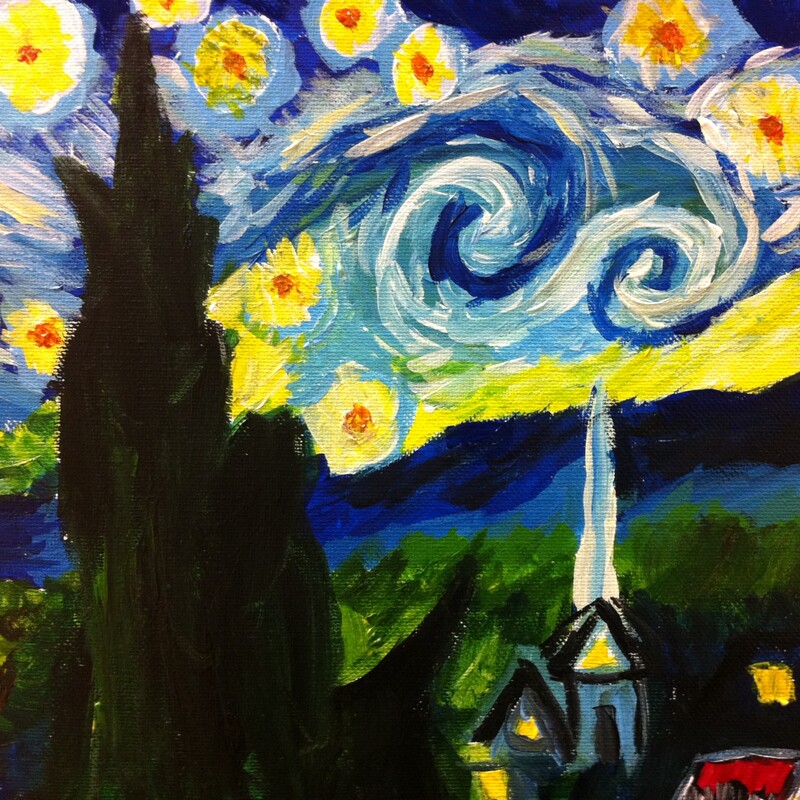
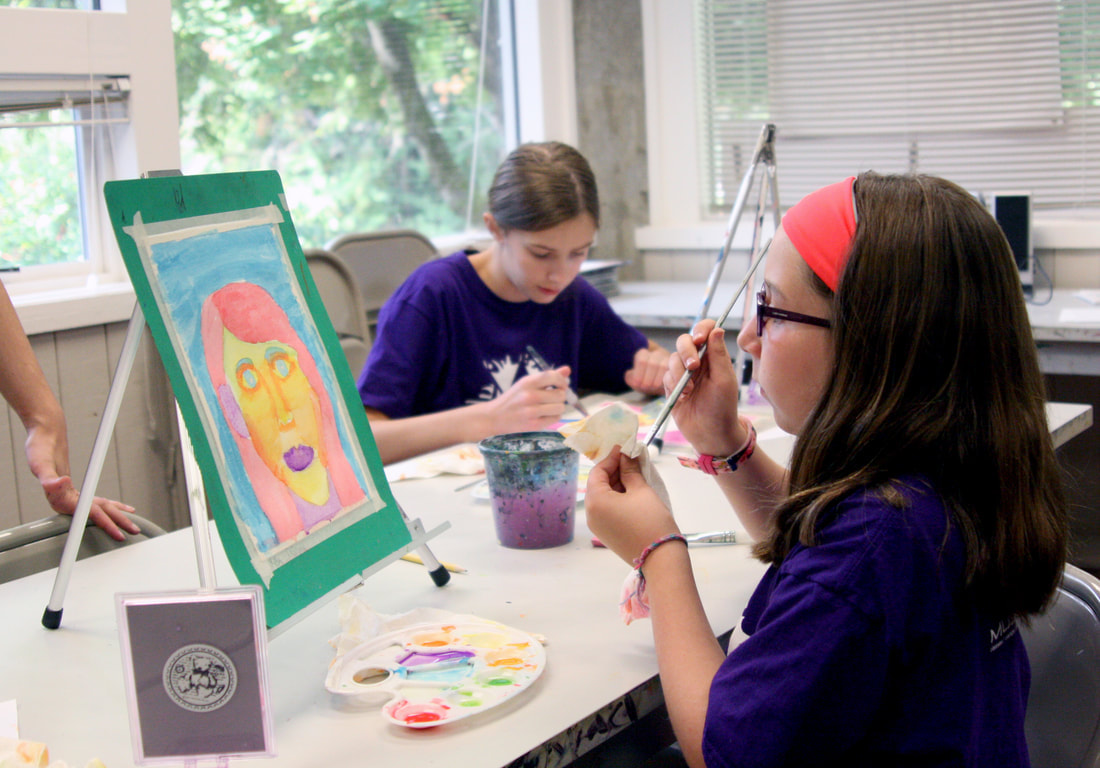
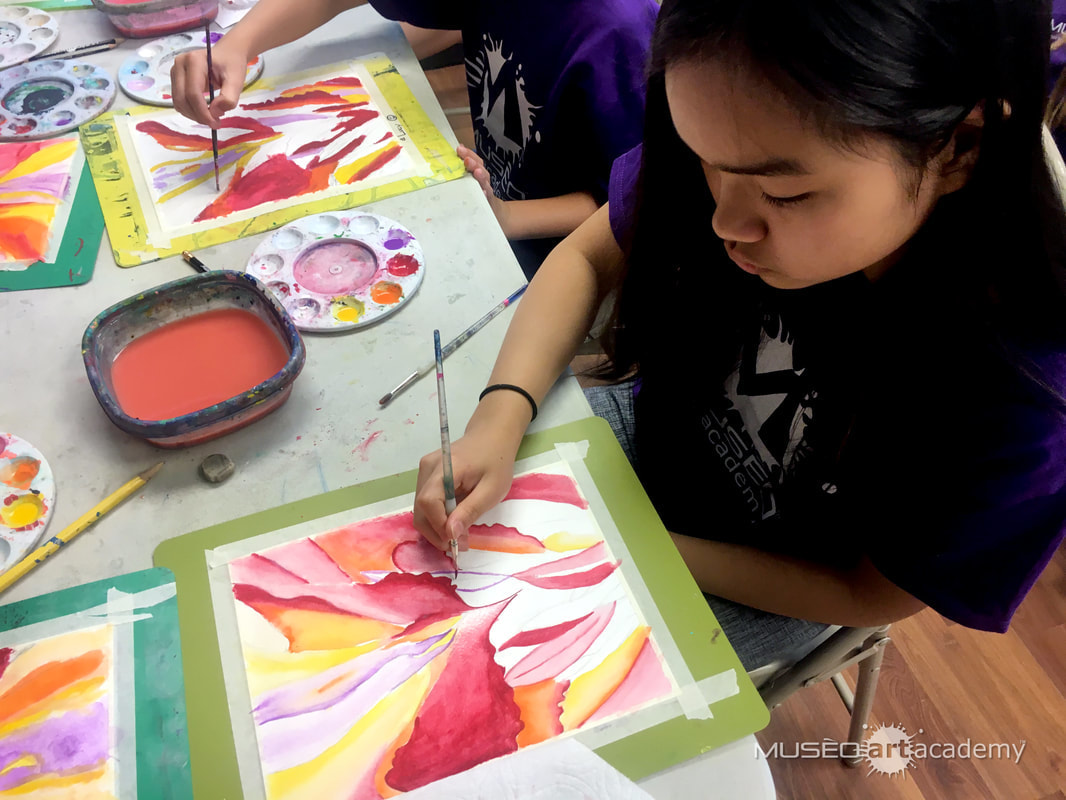
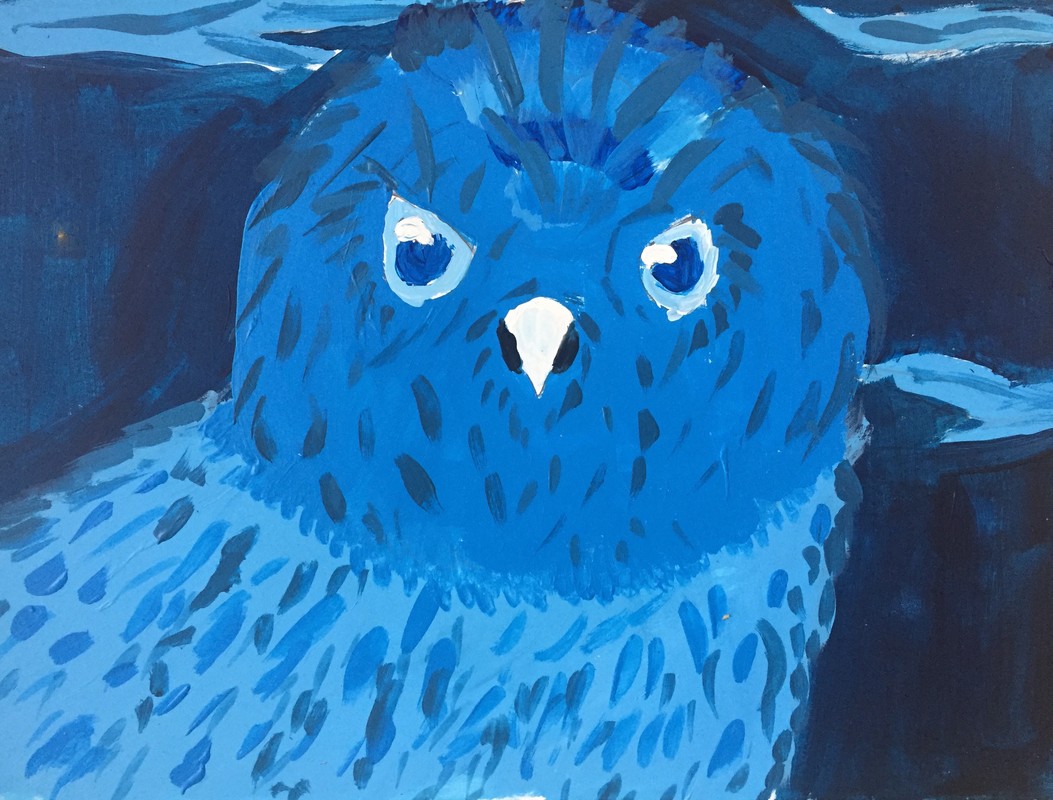
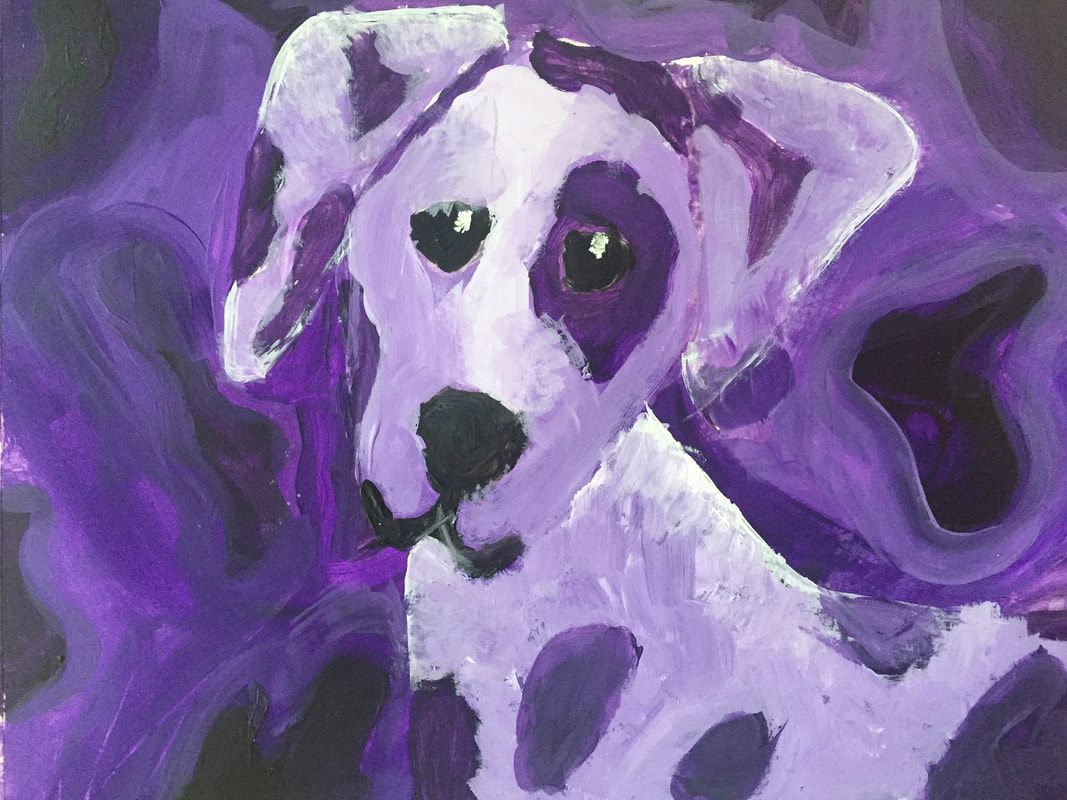
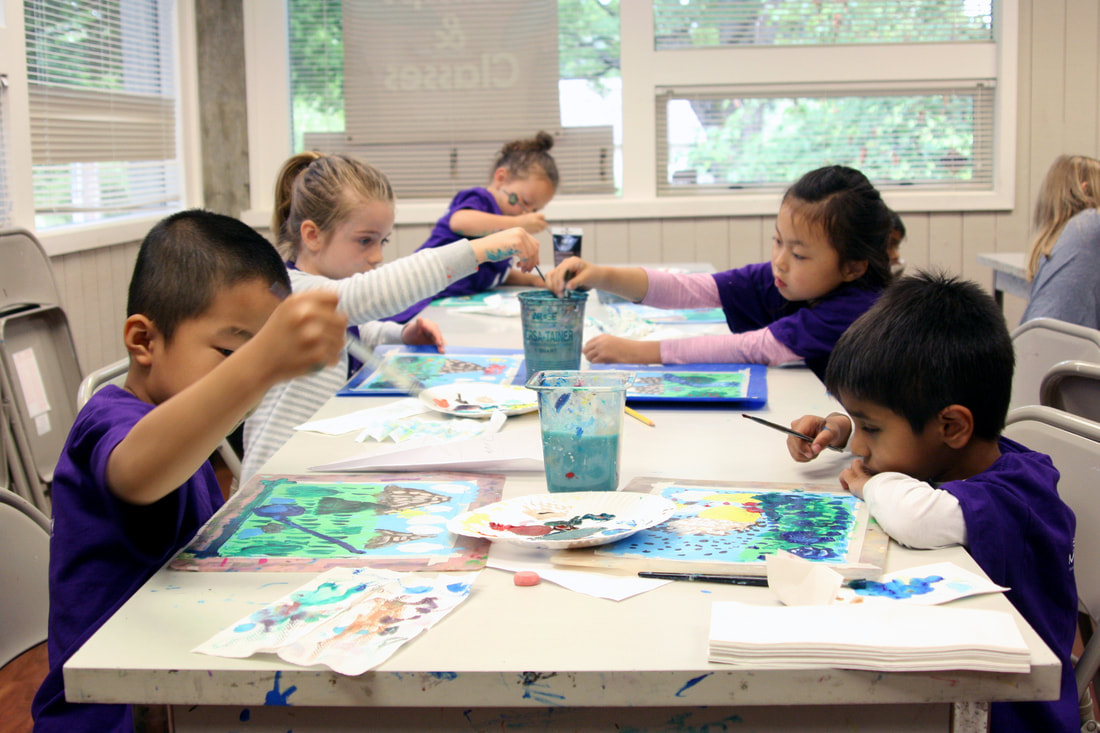
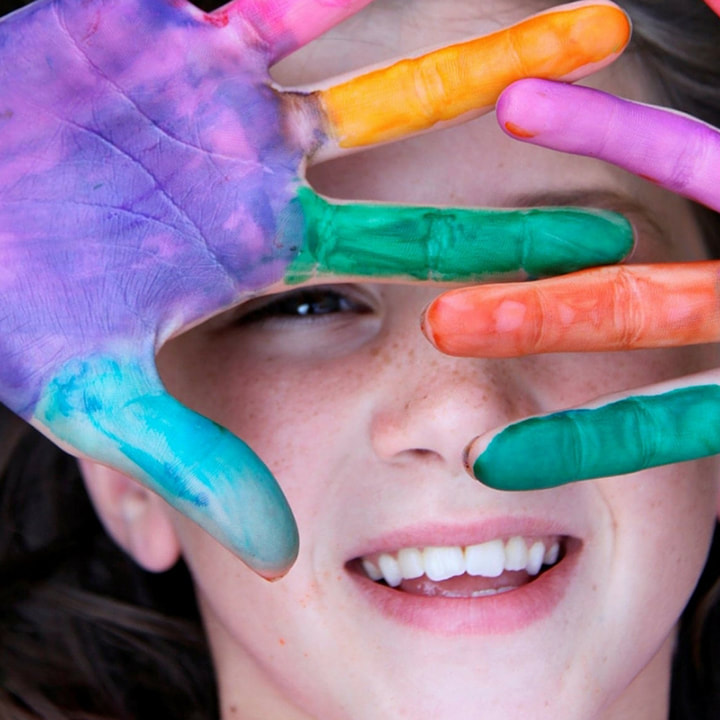
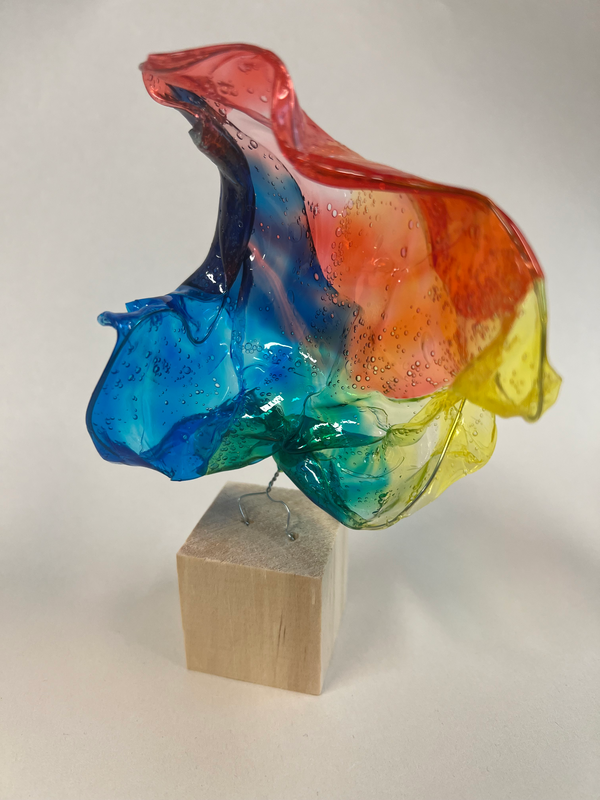
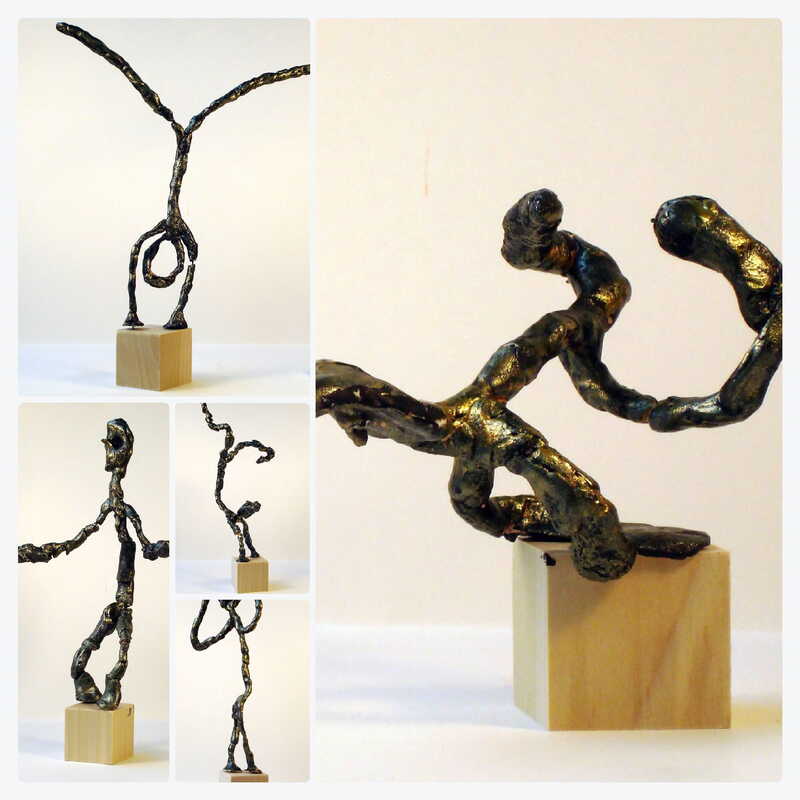

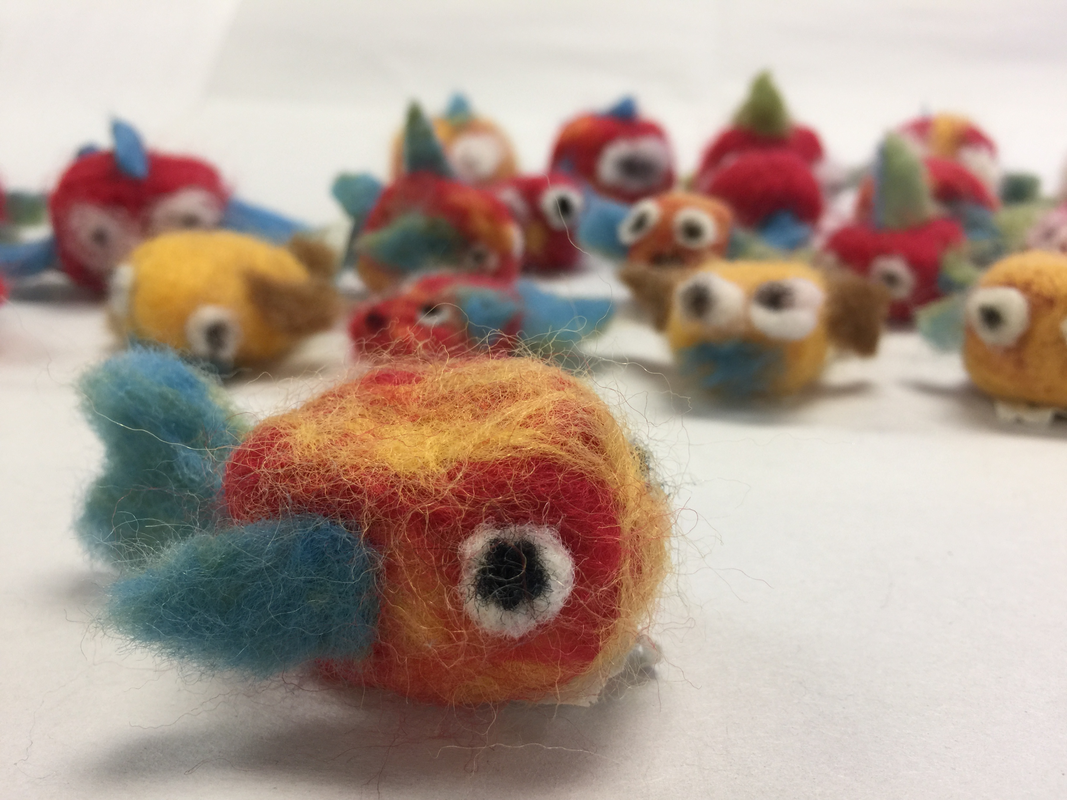
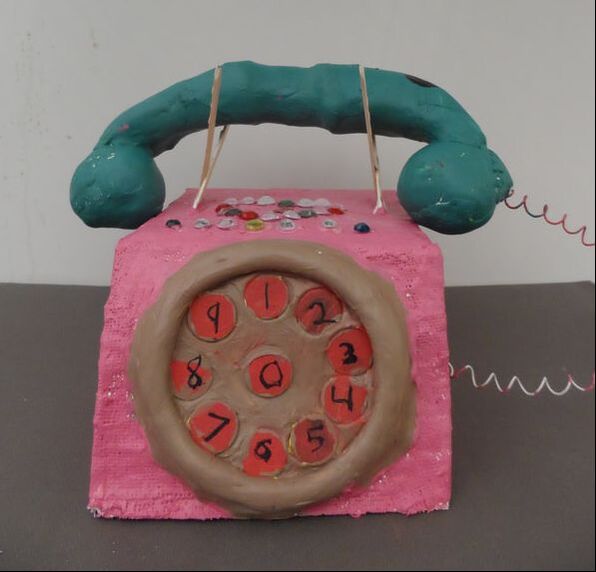
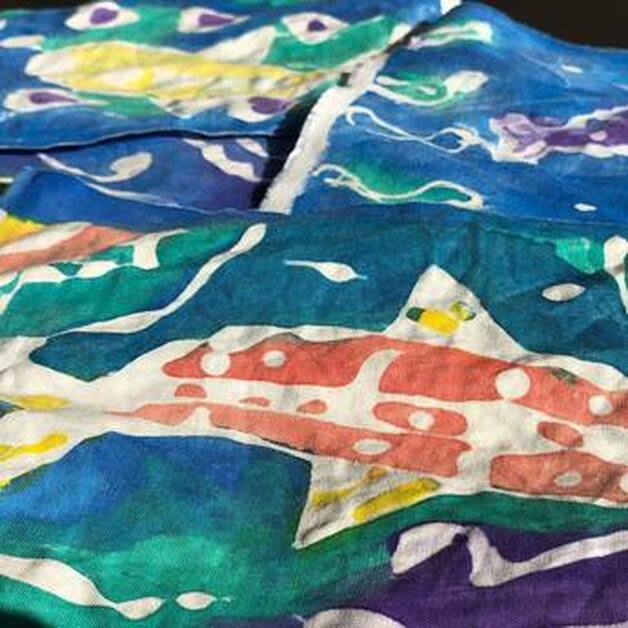
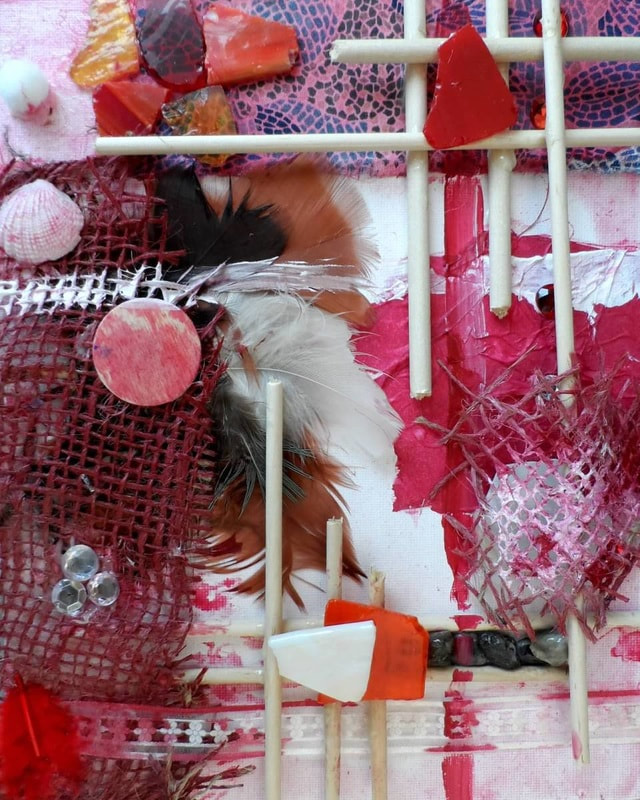
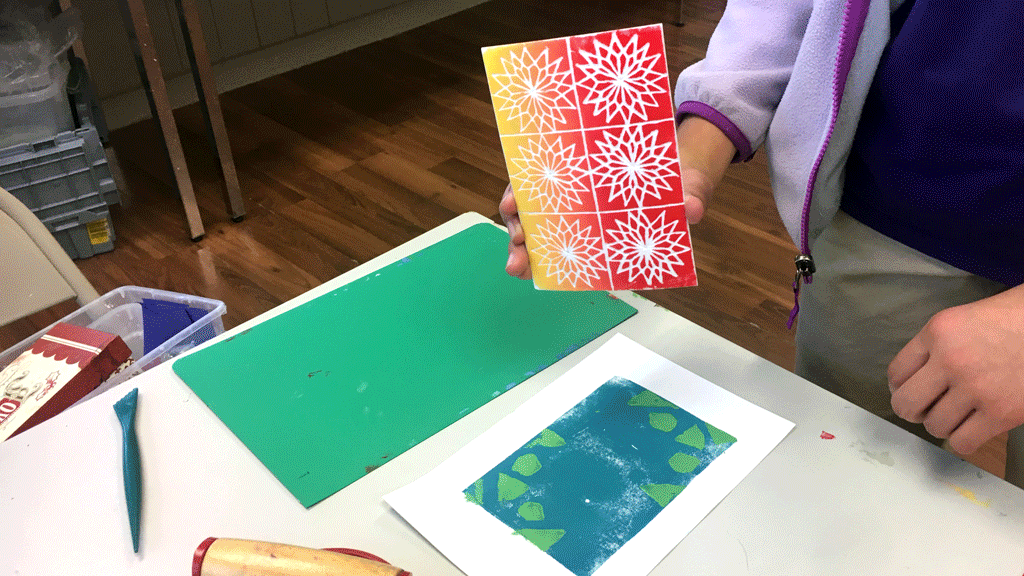
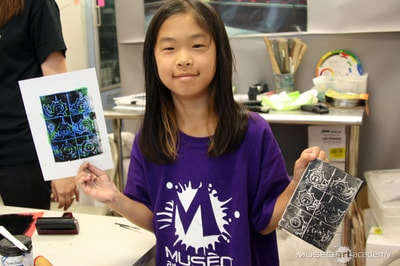
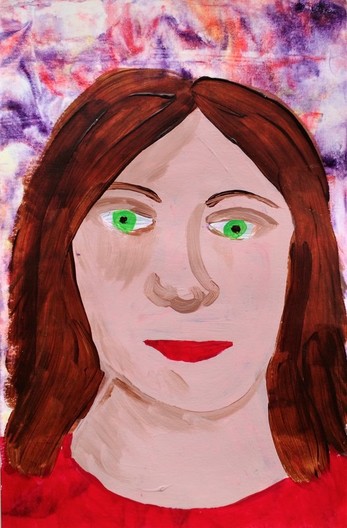
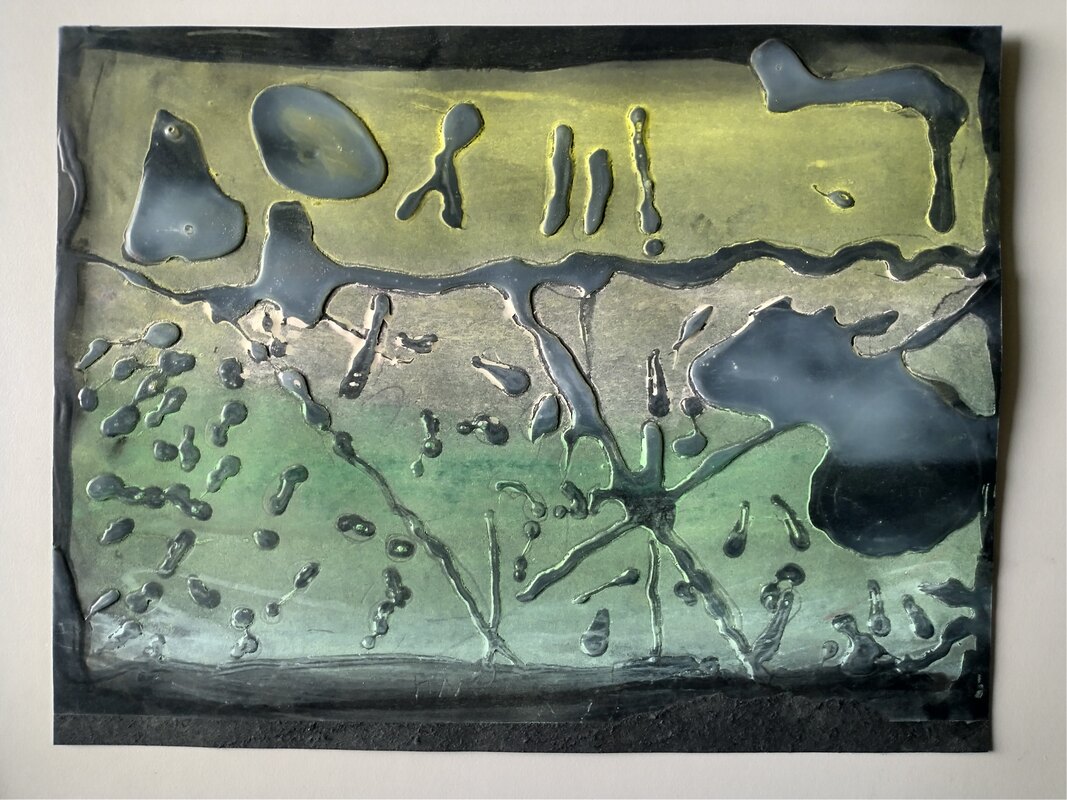
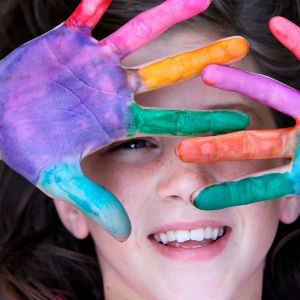
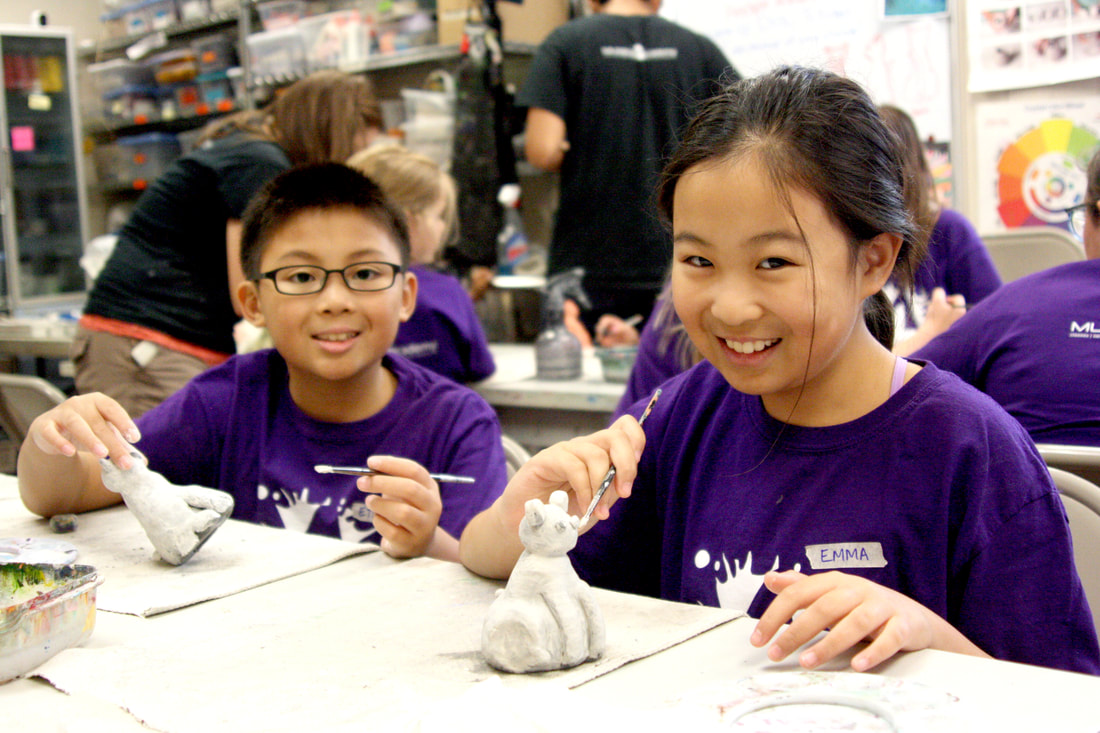
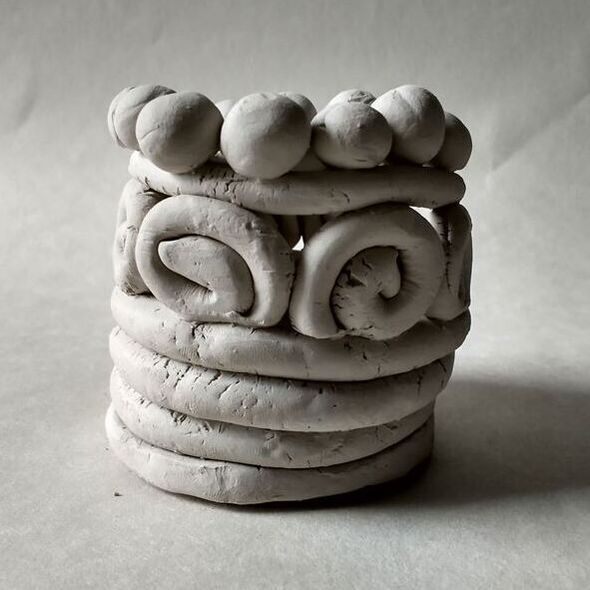
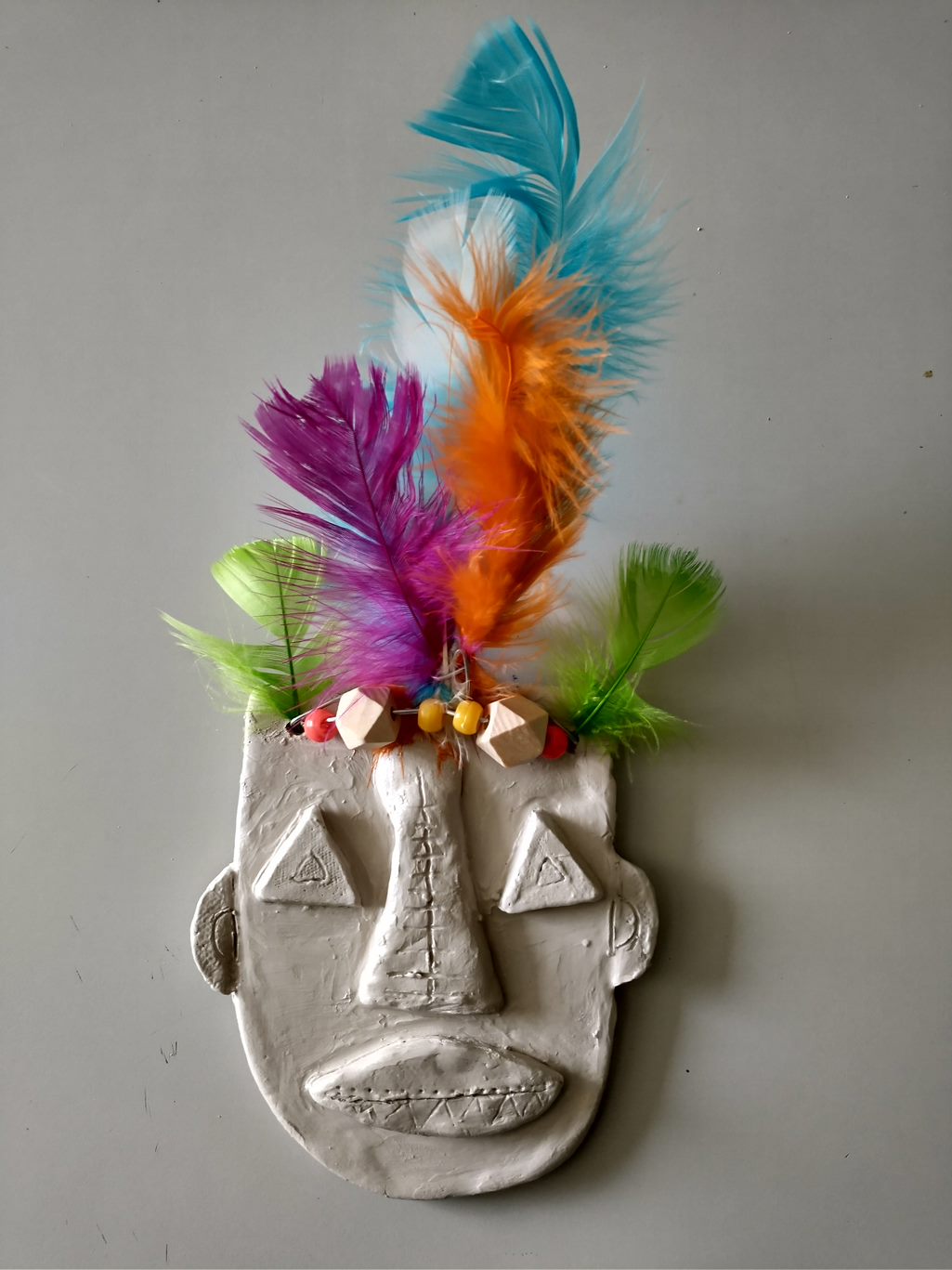
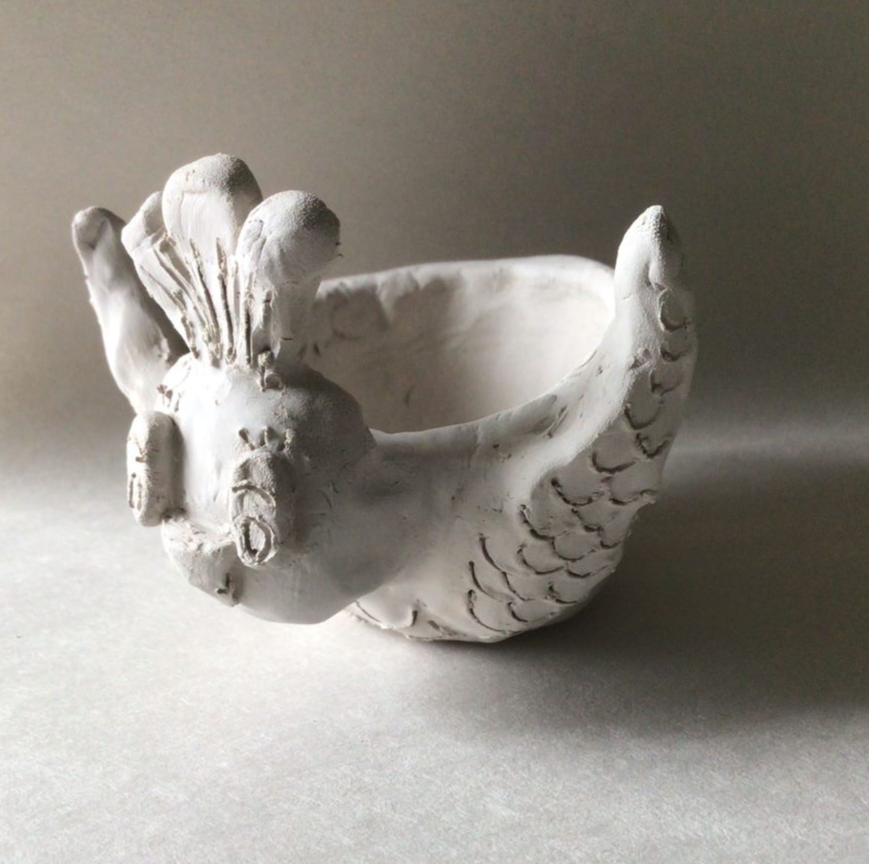
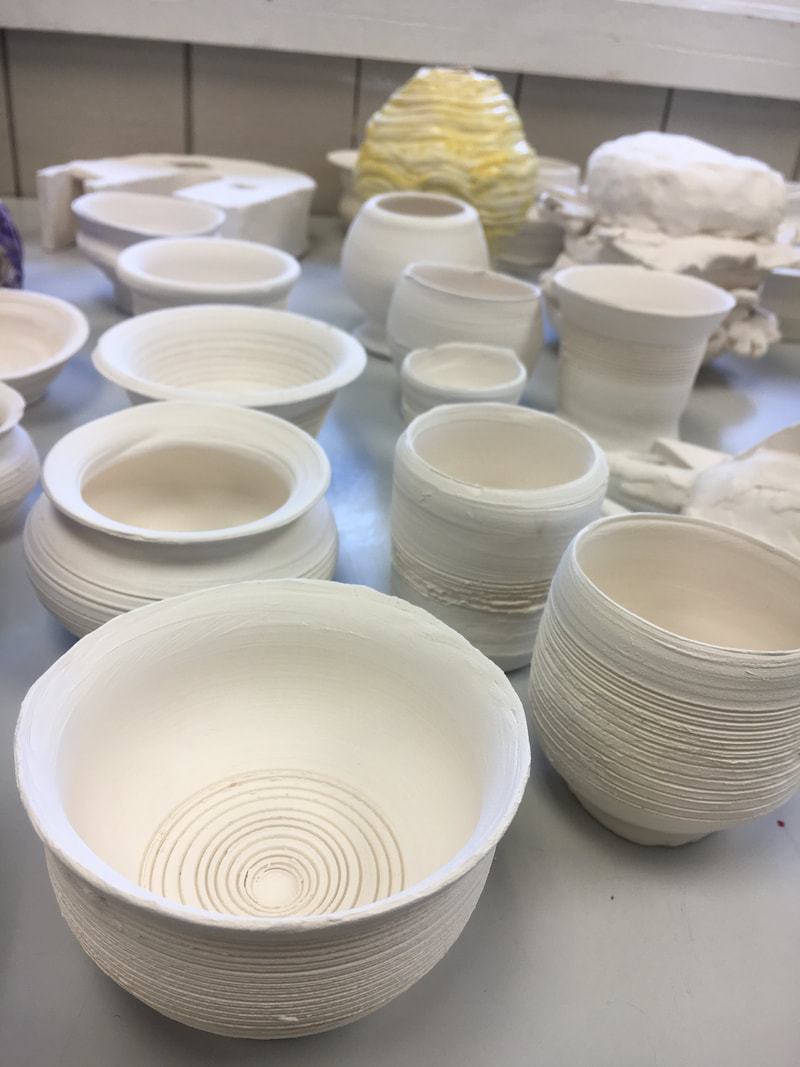
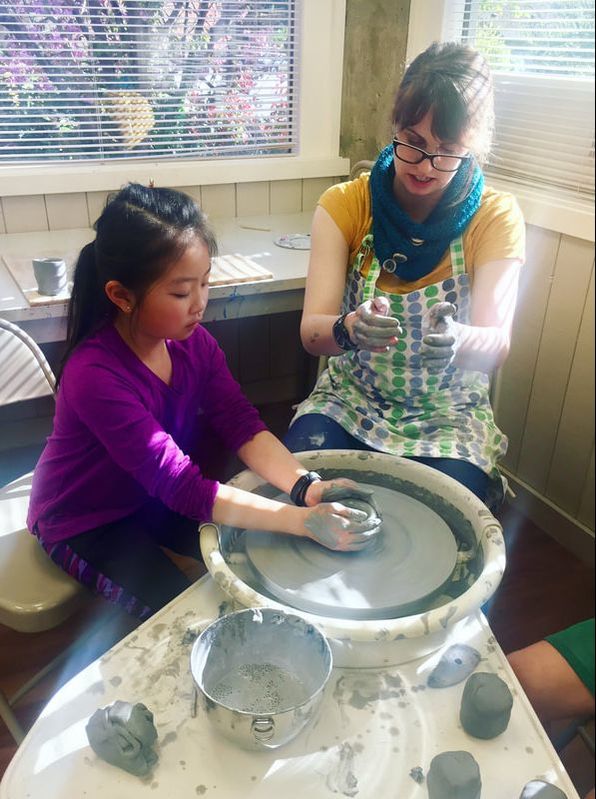
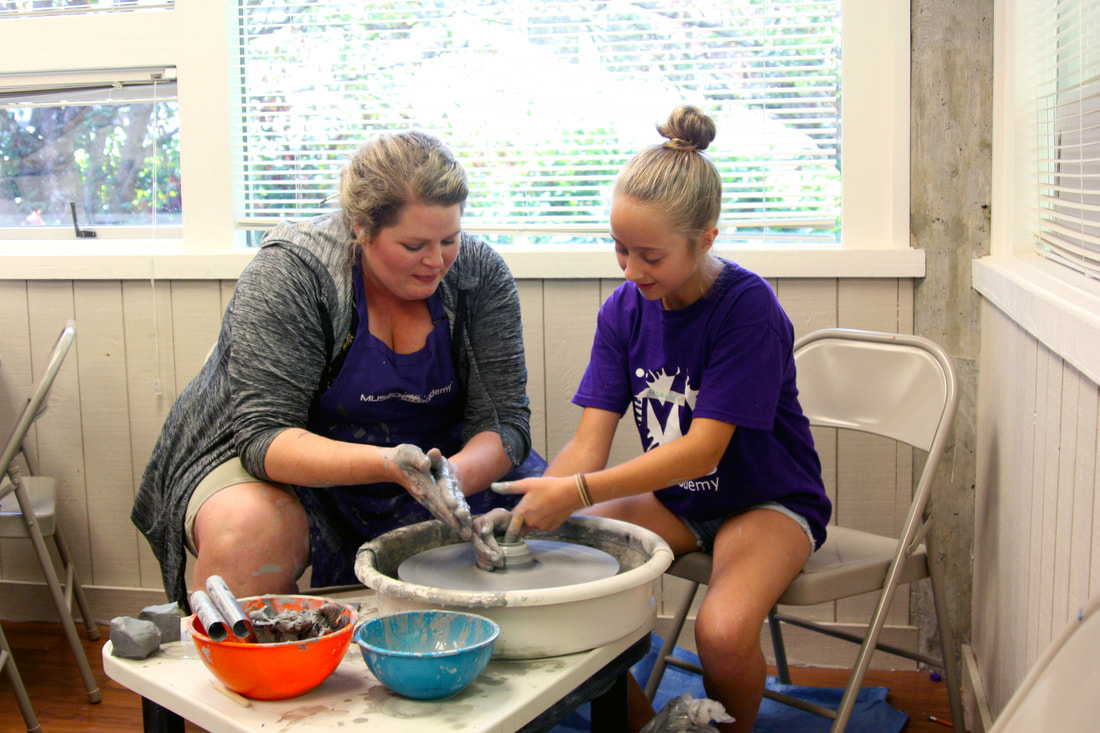
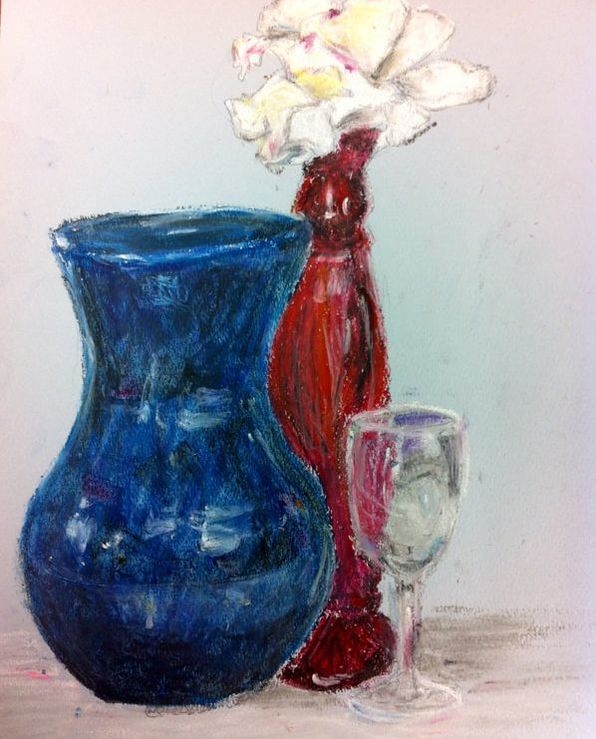
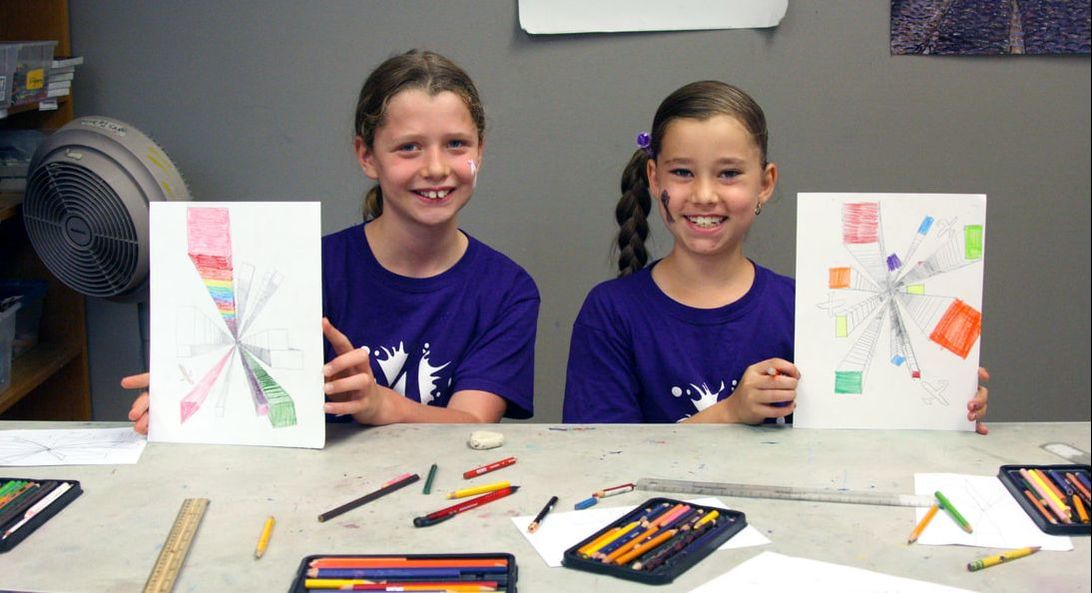
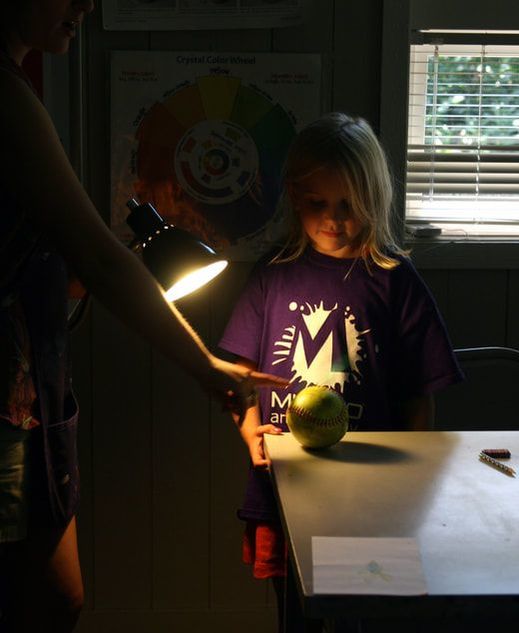
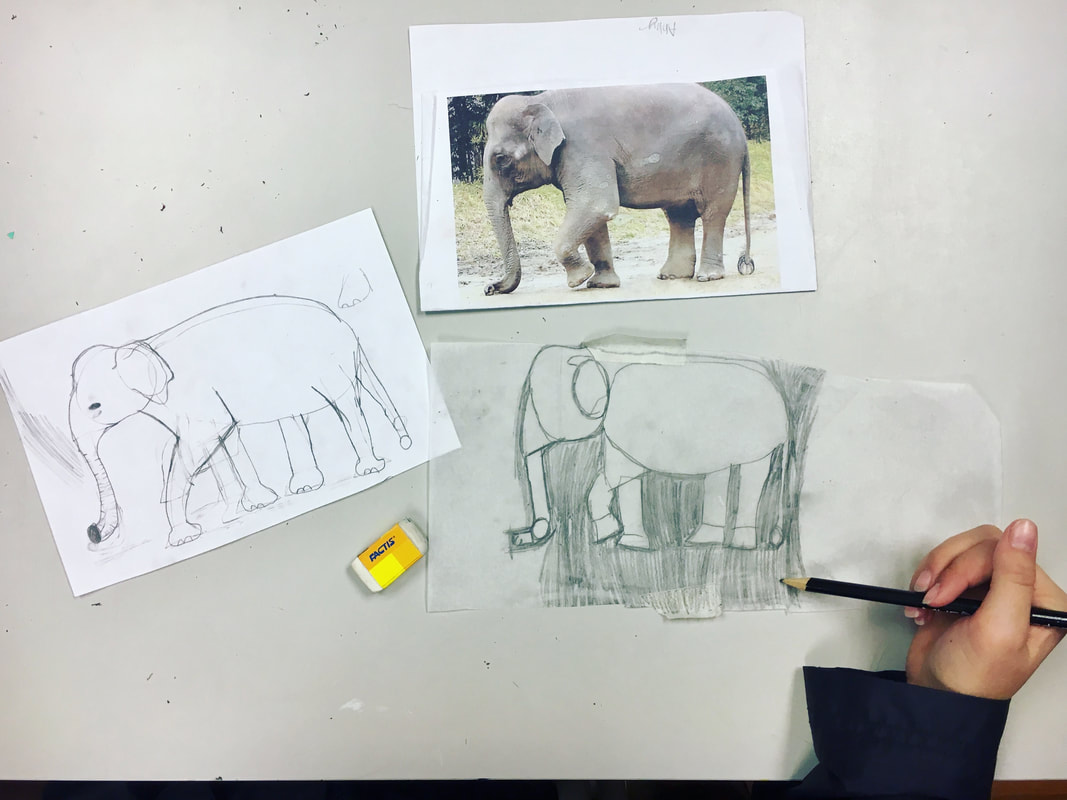
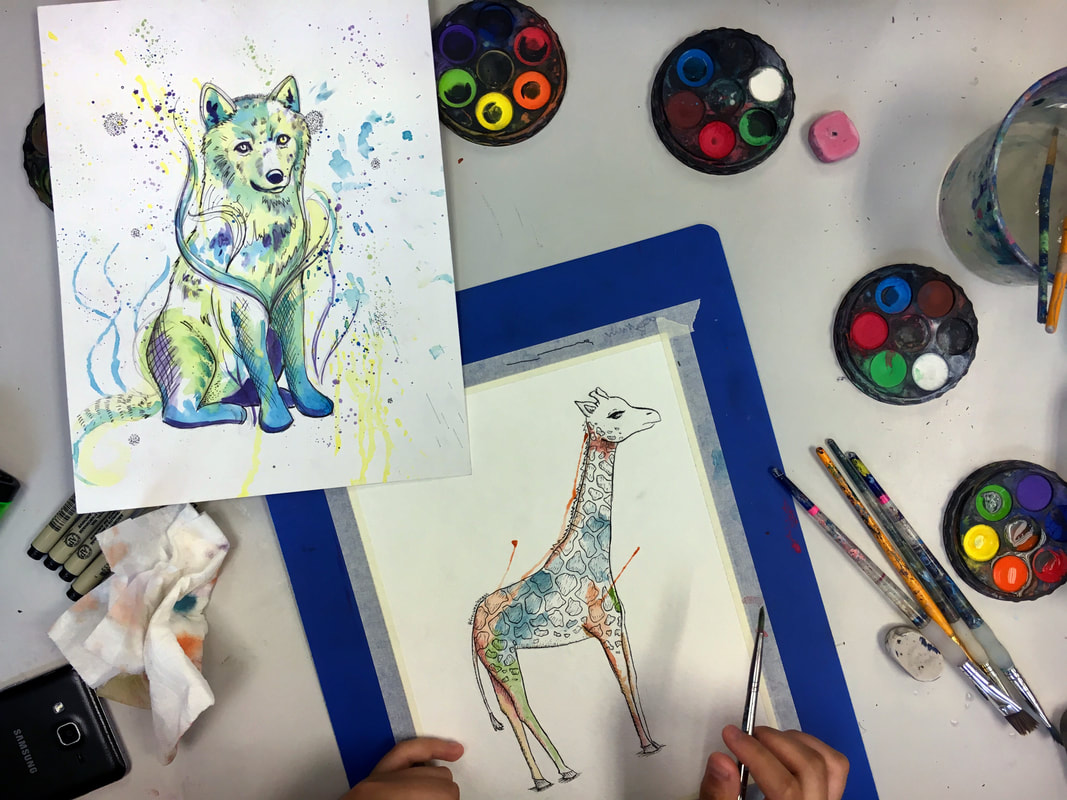
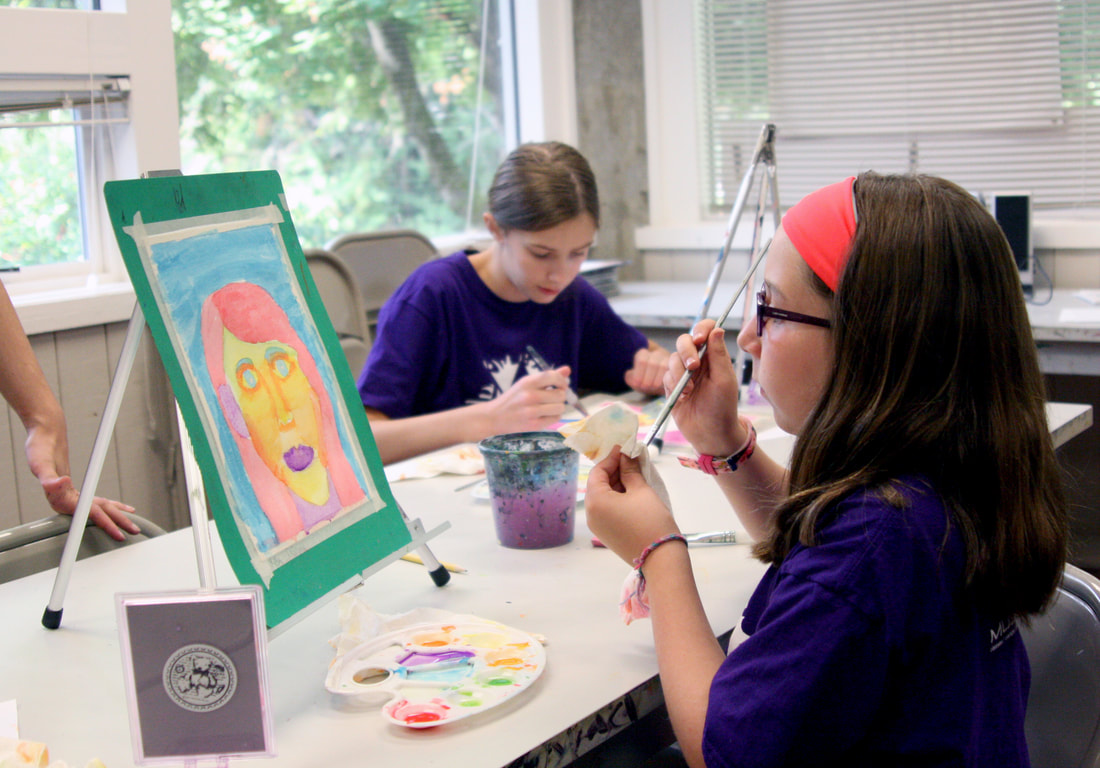
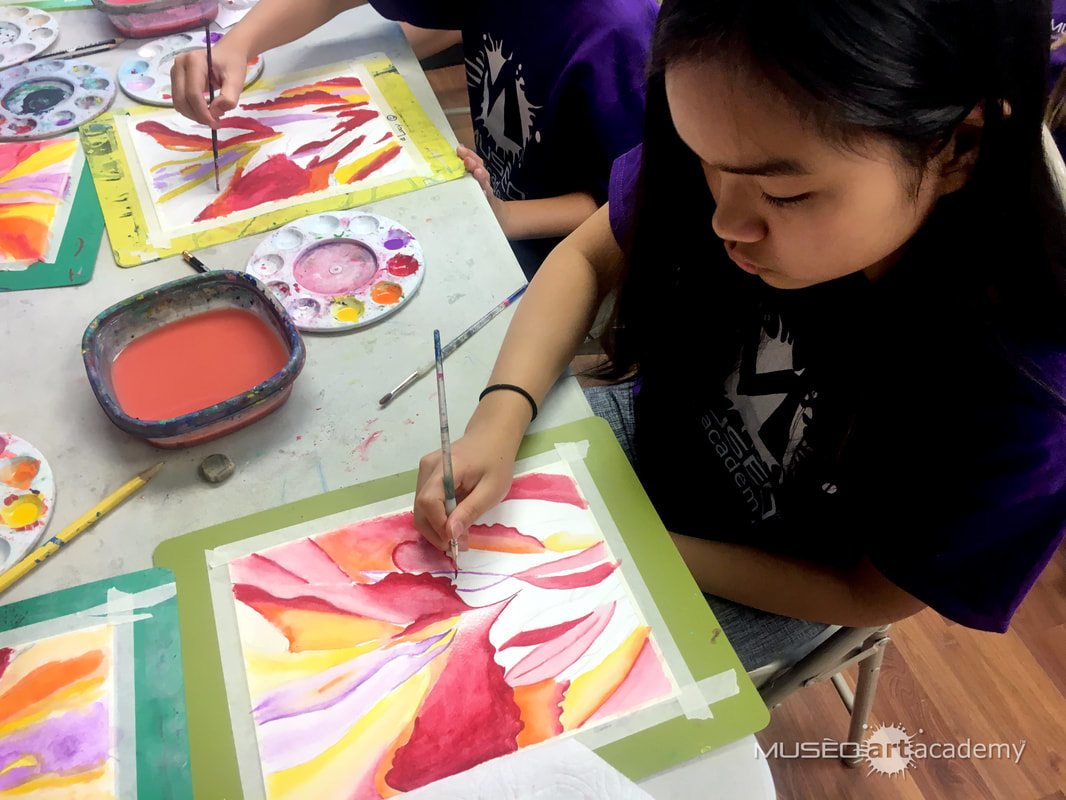
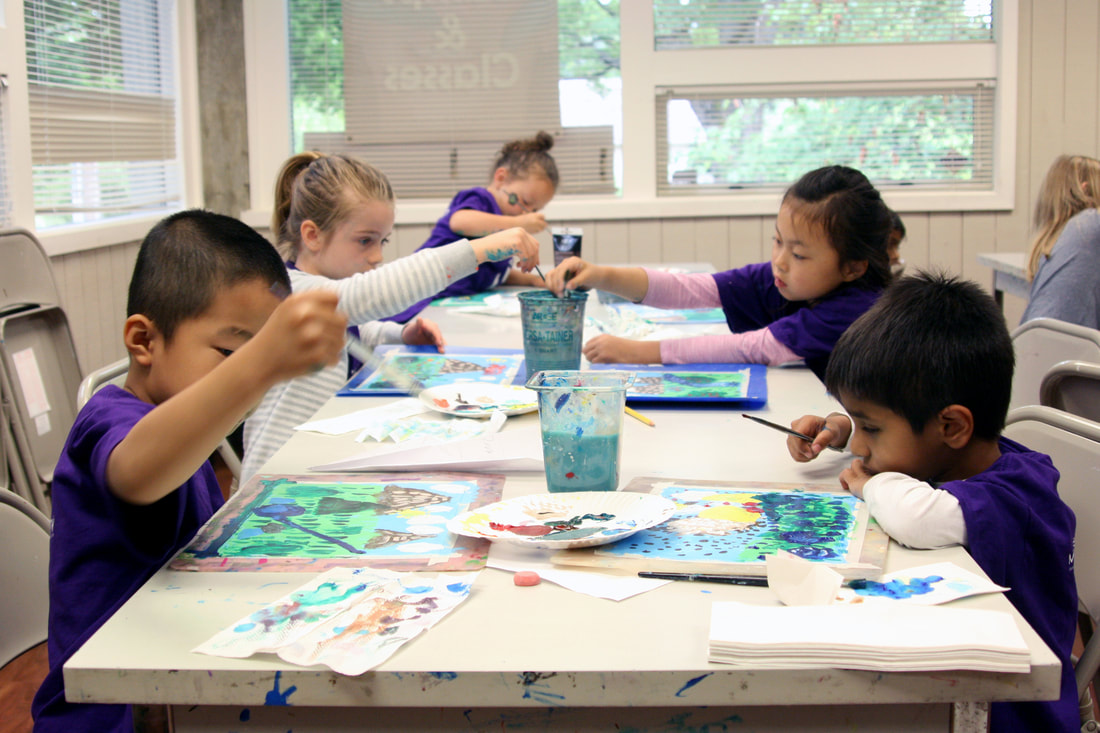
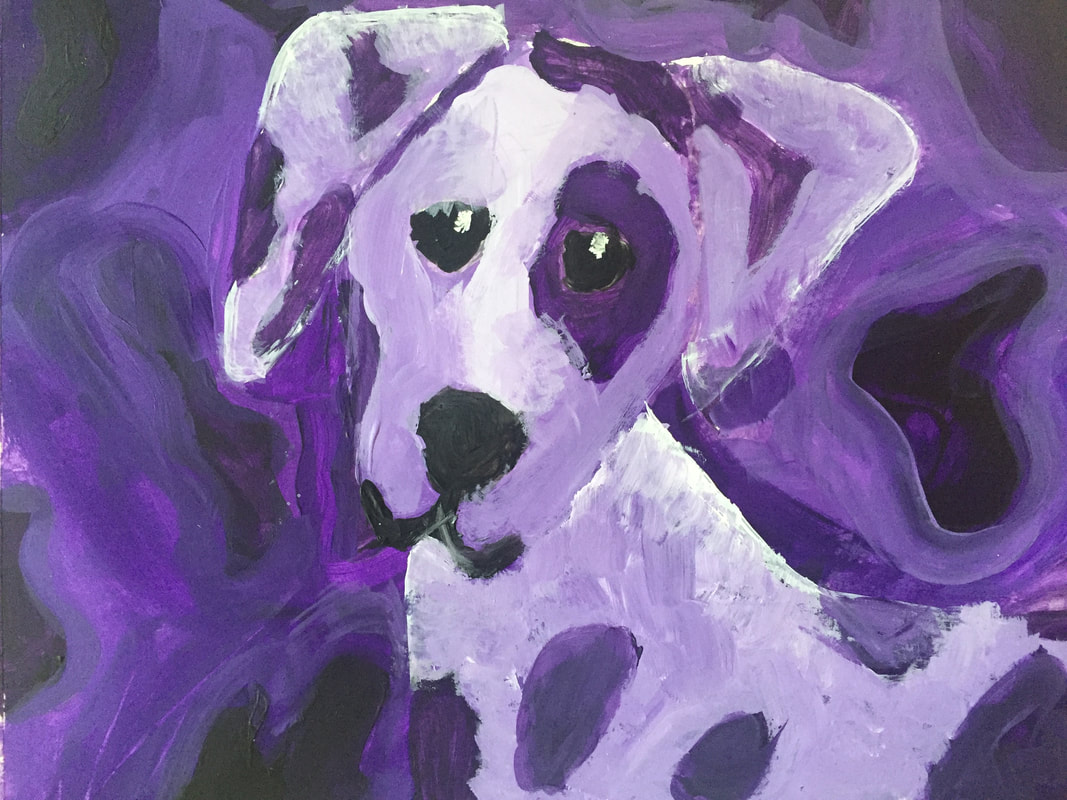
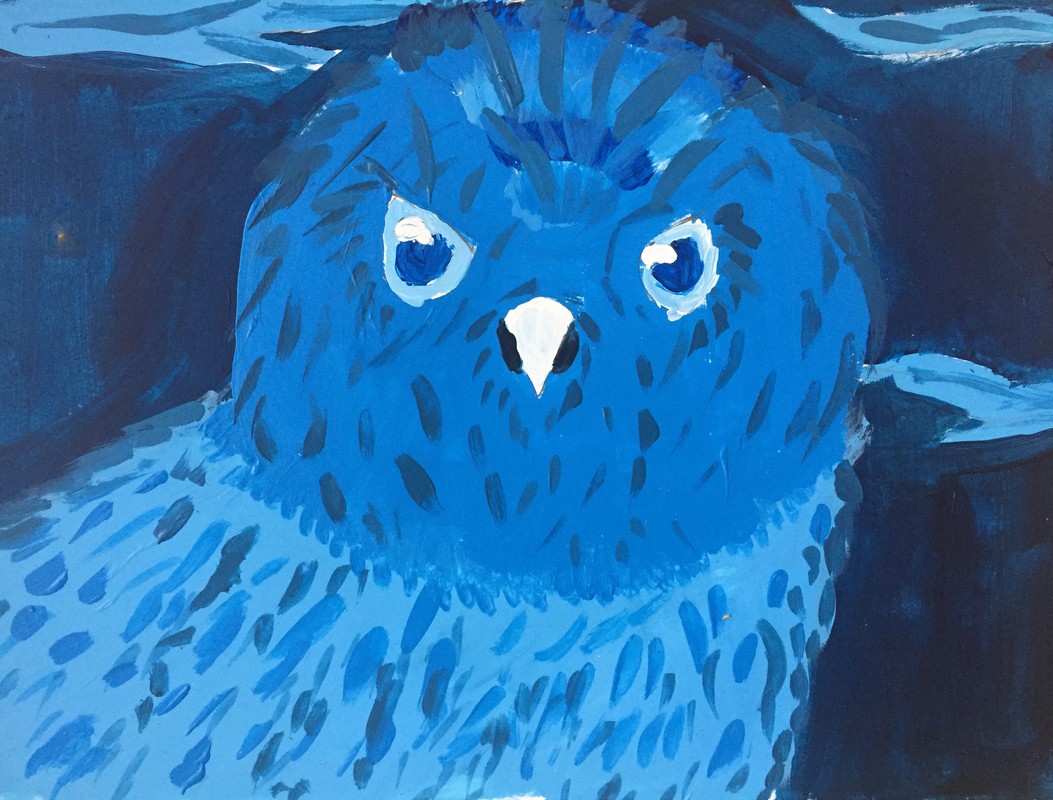
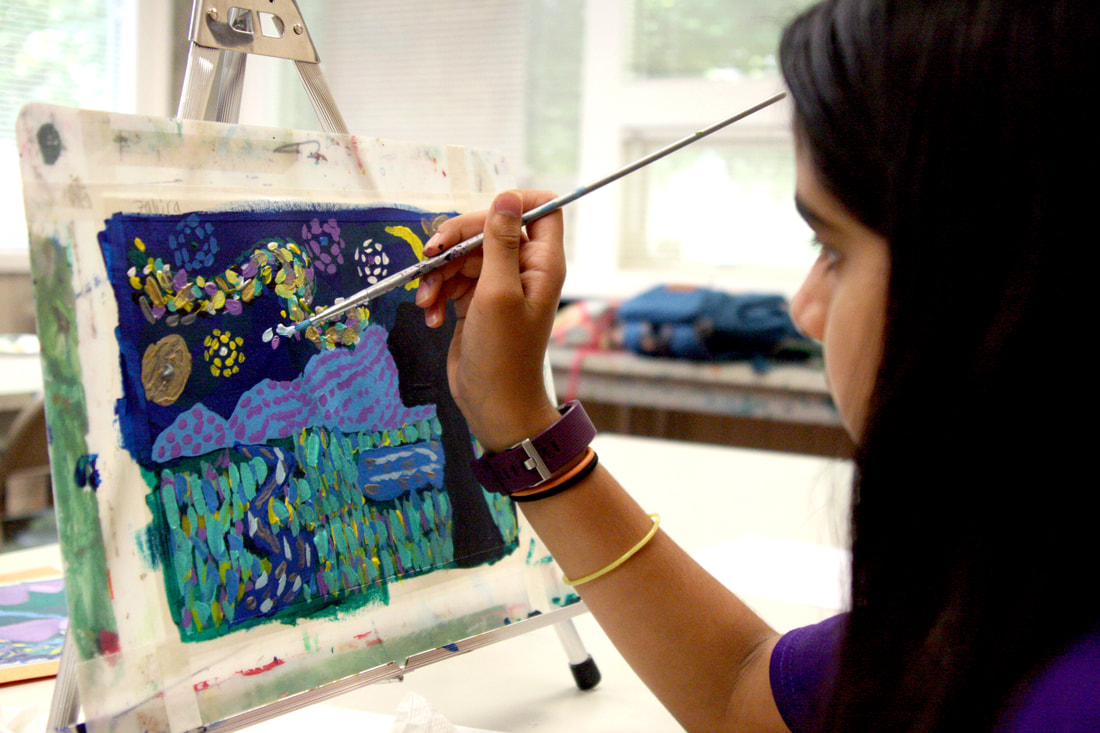
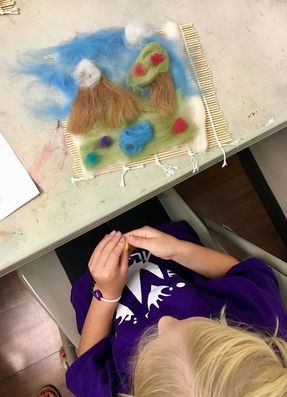
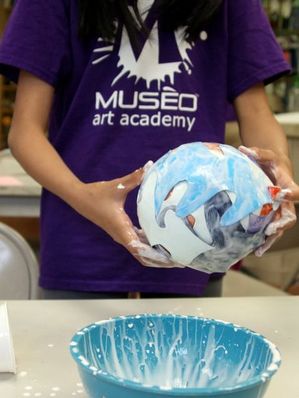
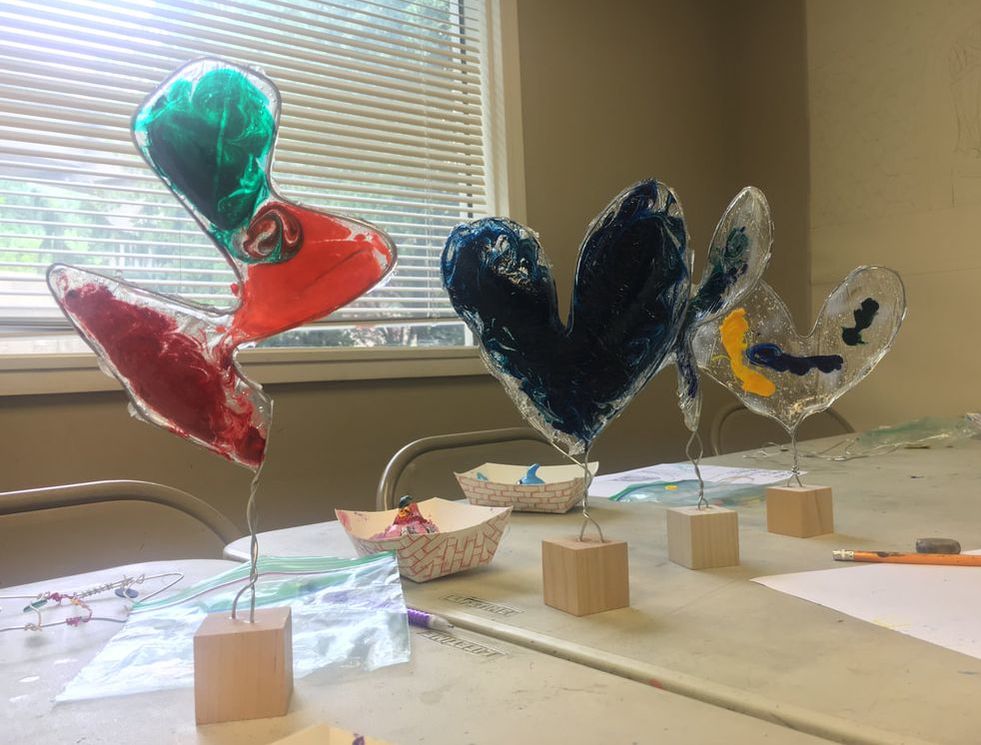
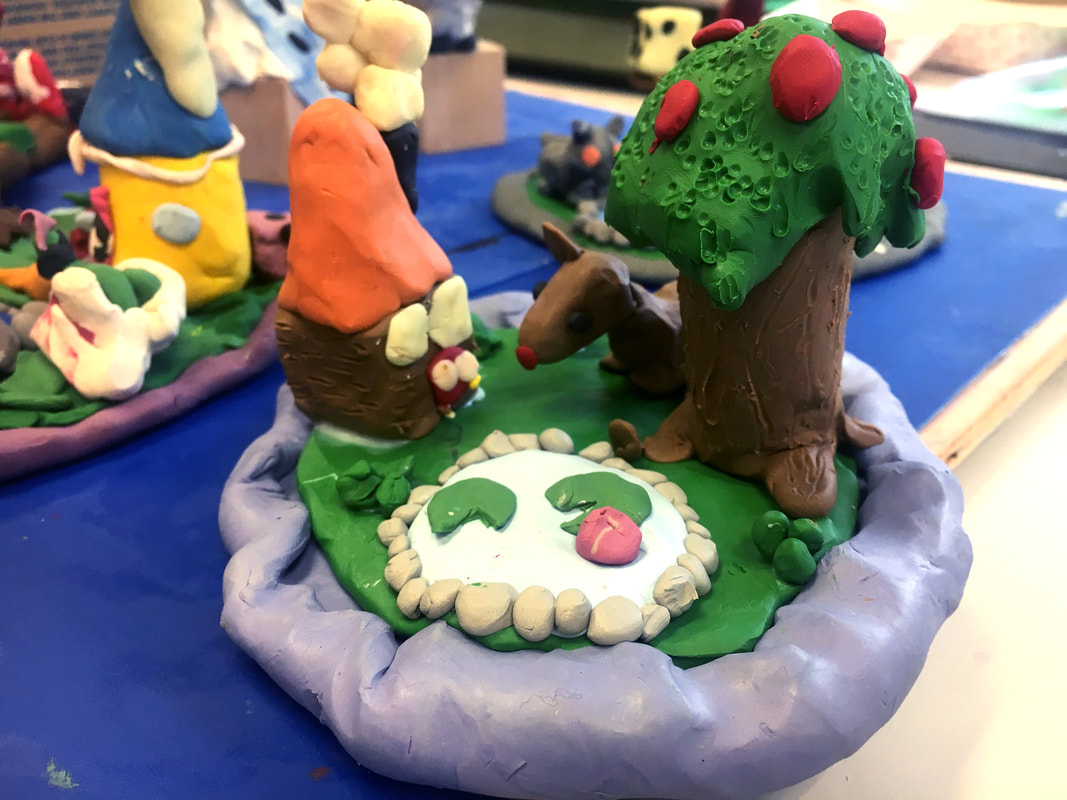
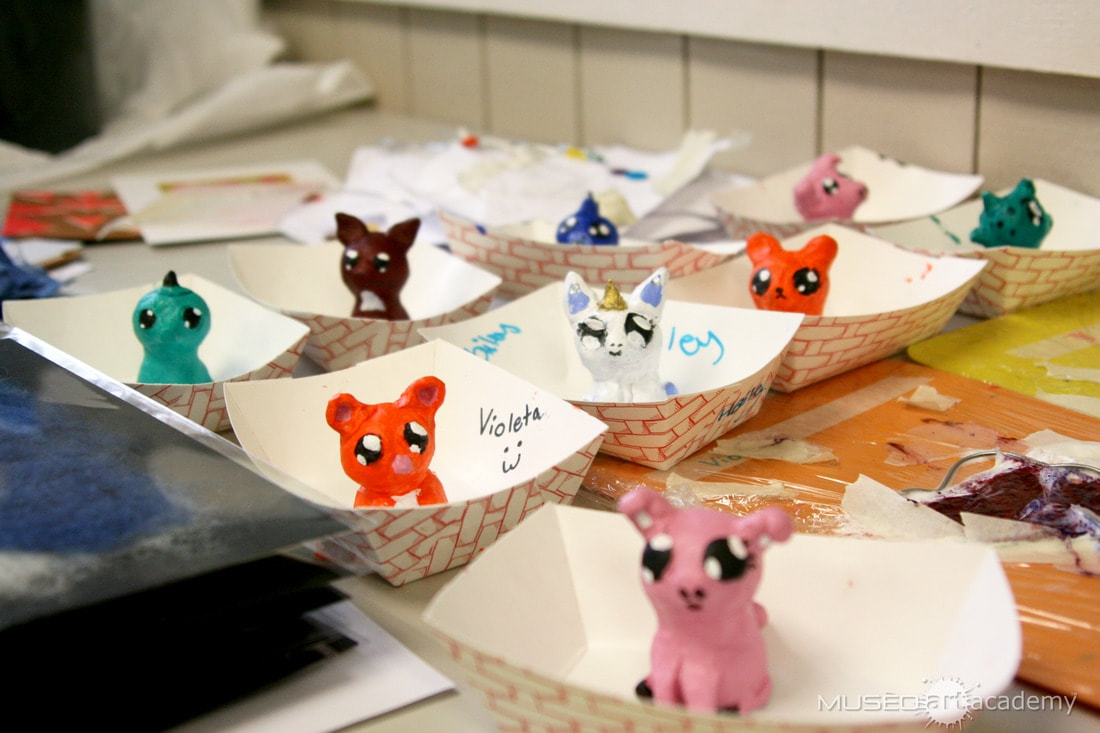
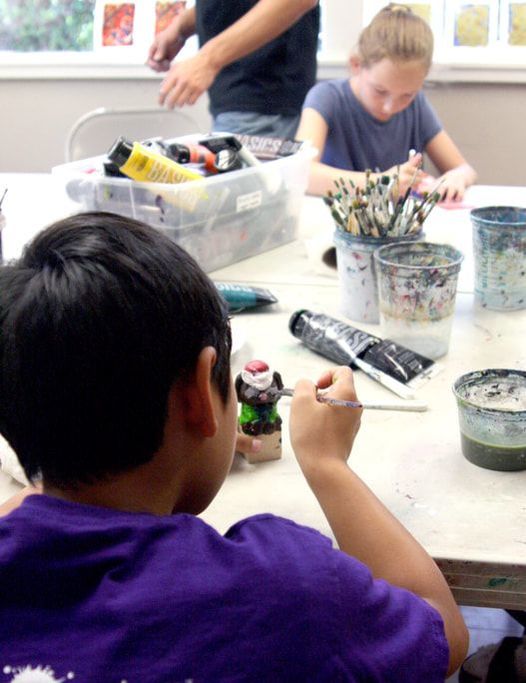
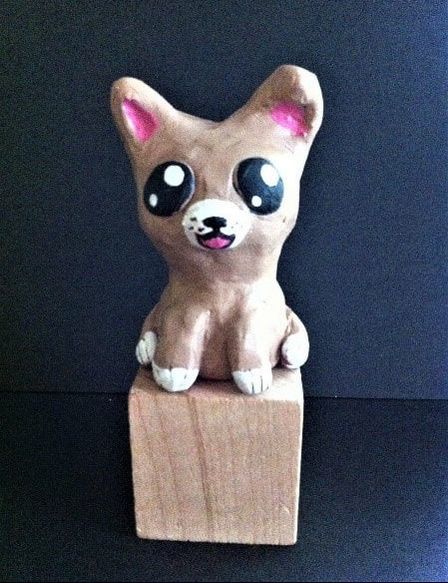
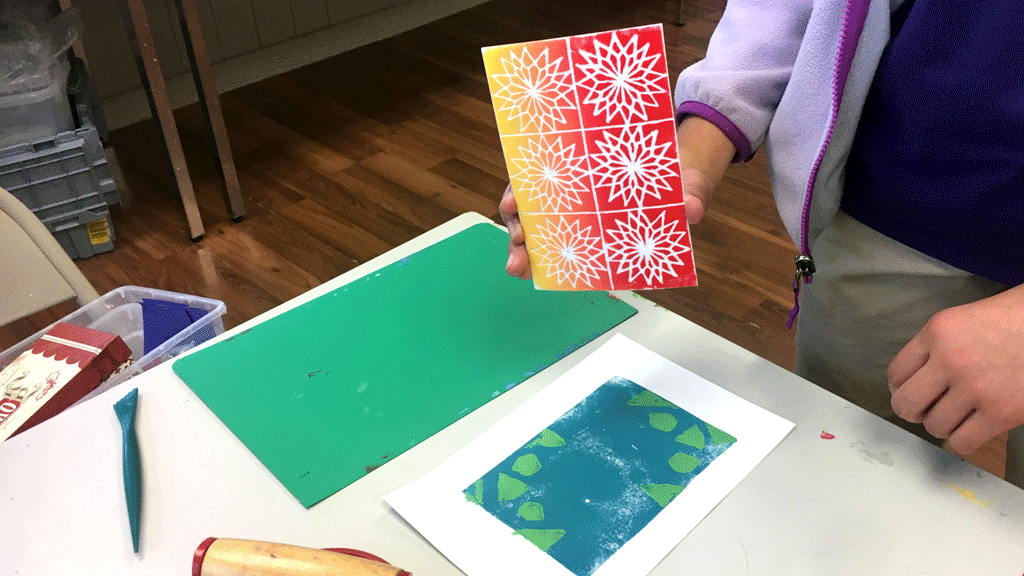
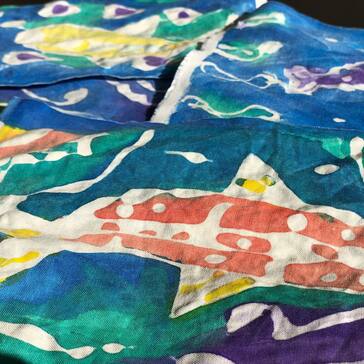
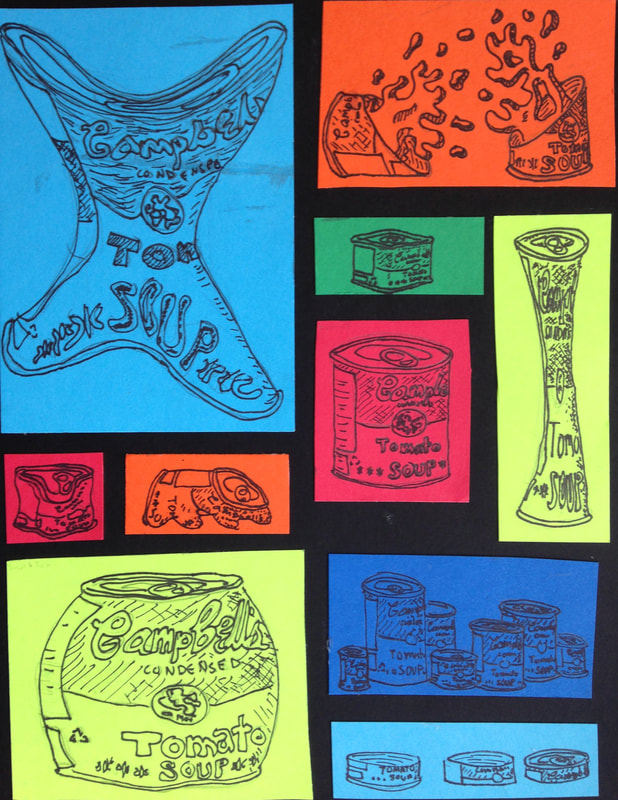
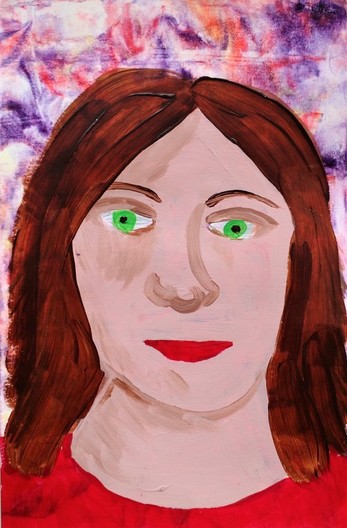
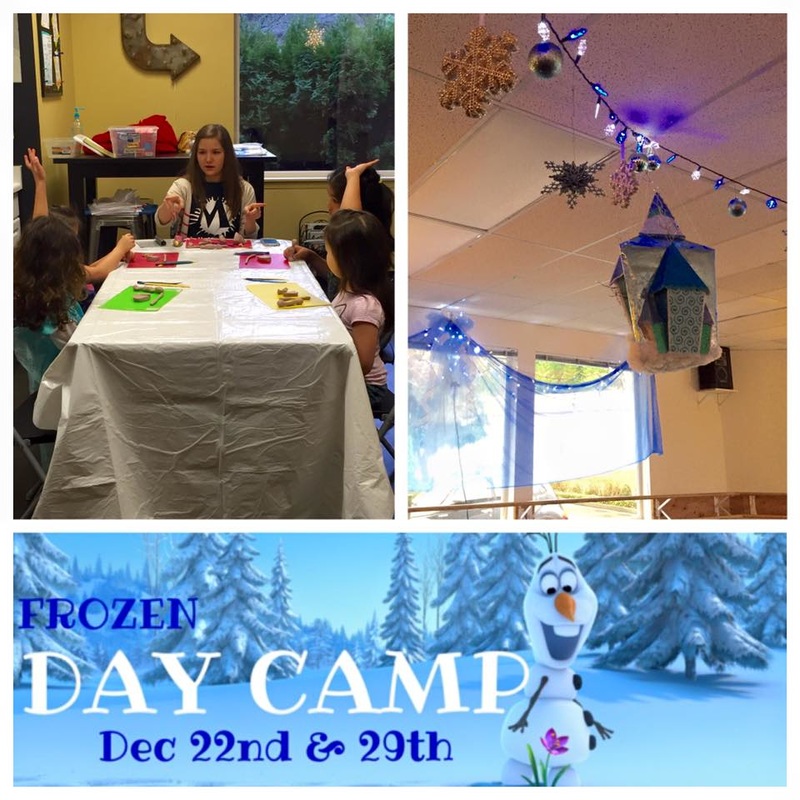
 RSS Feed
RSS Feed